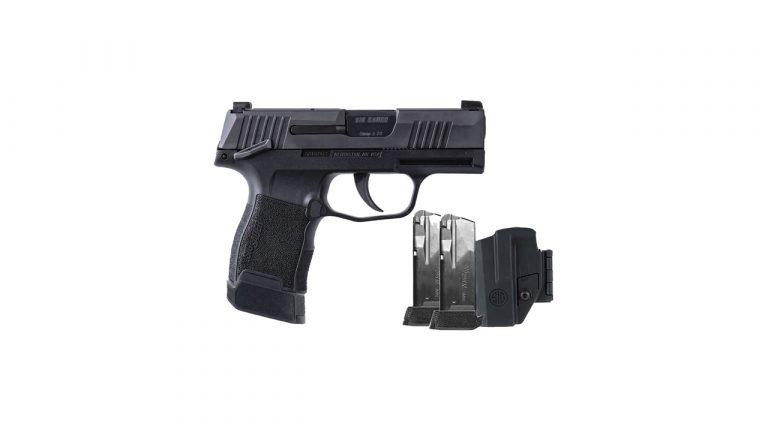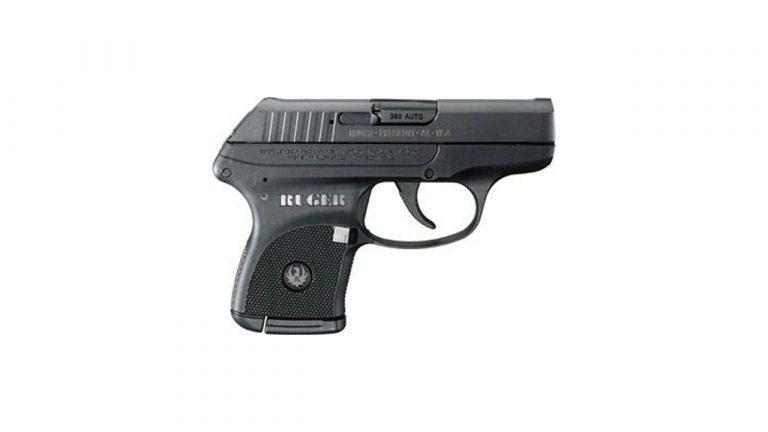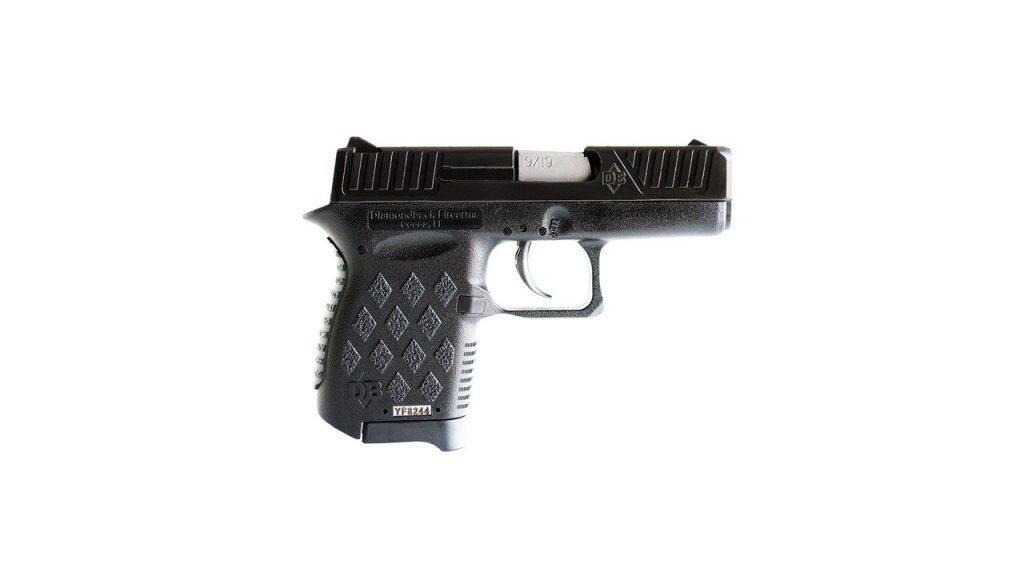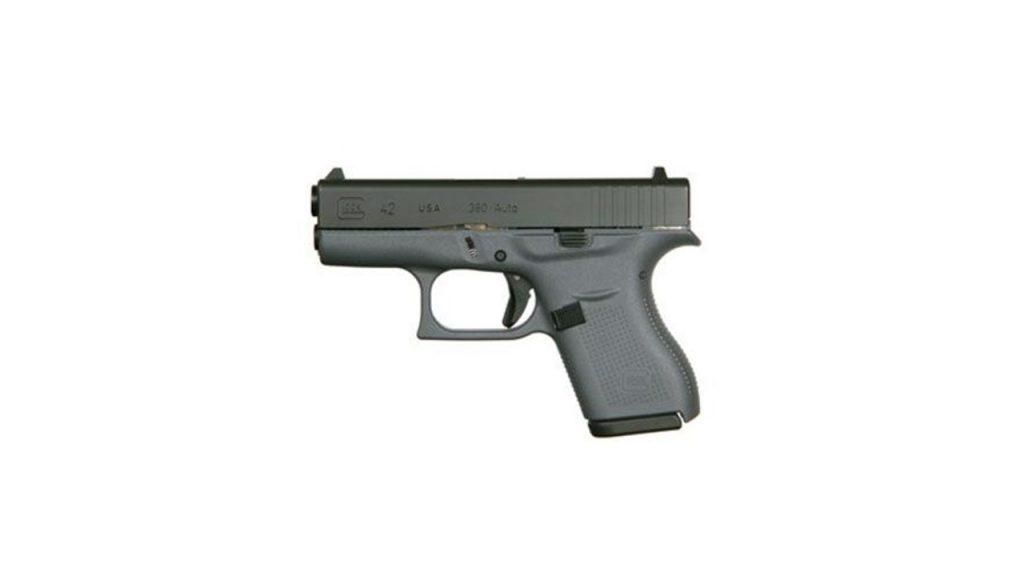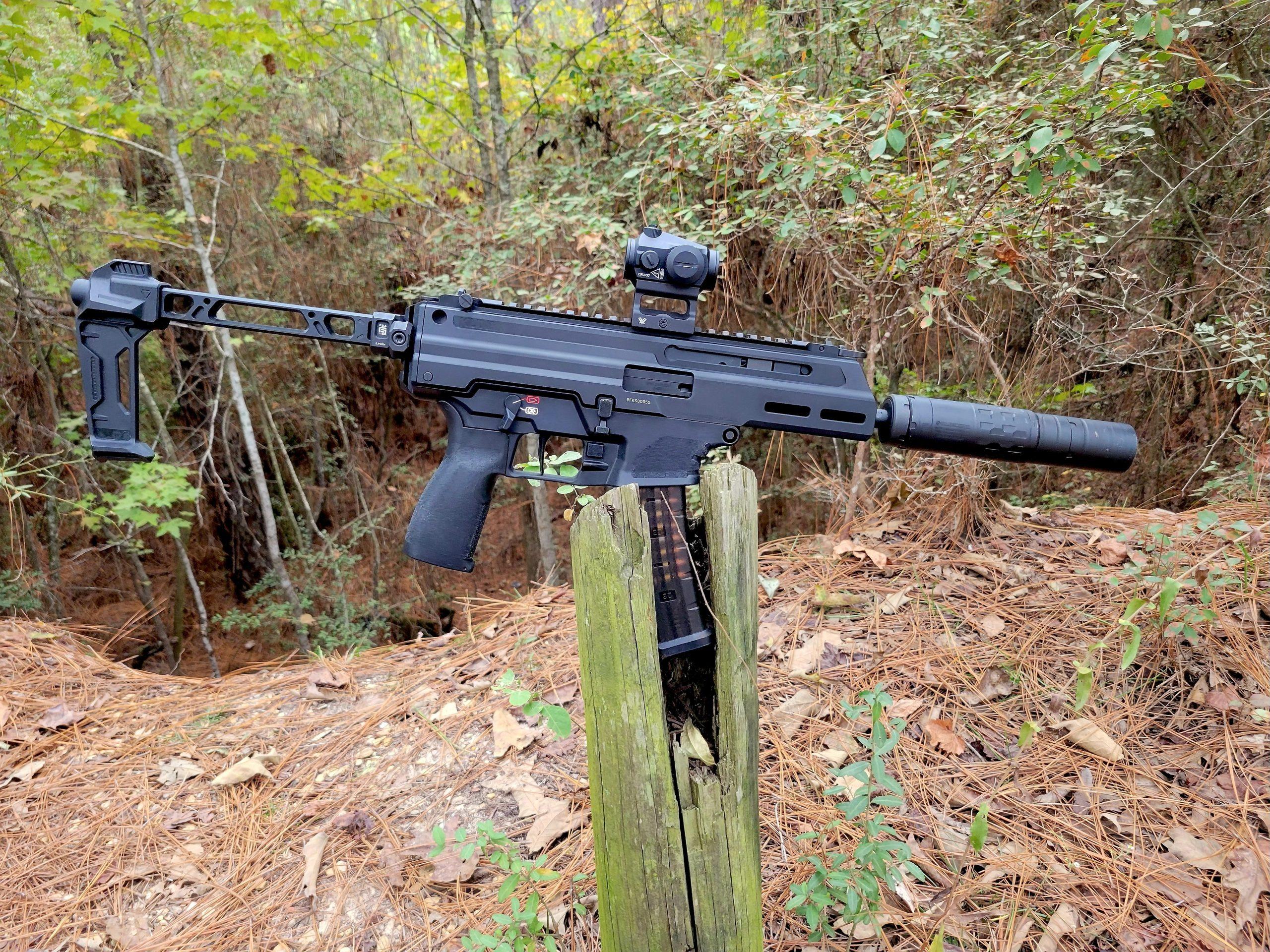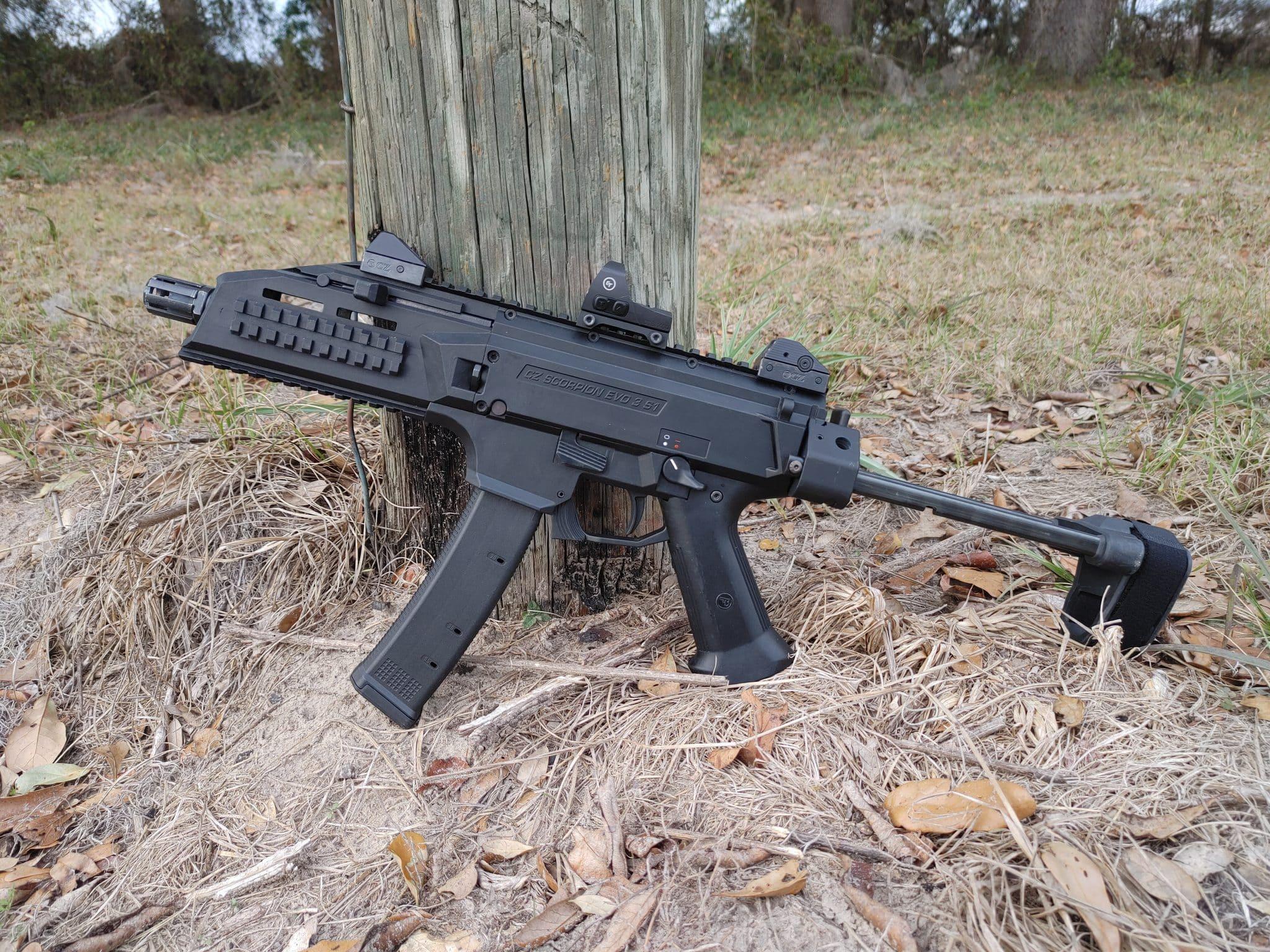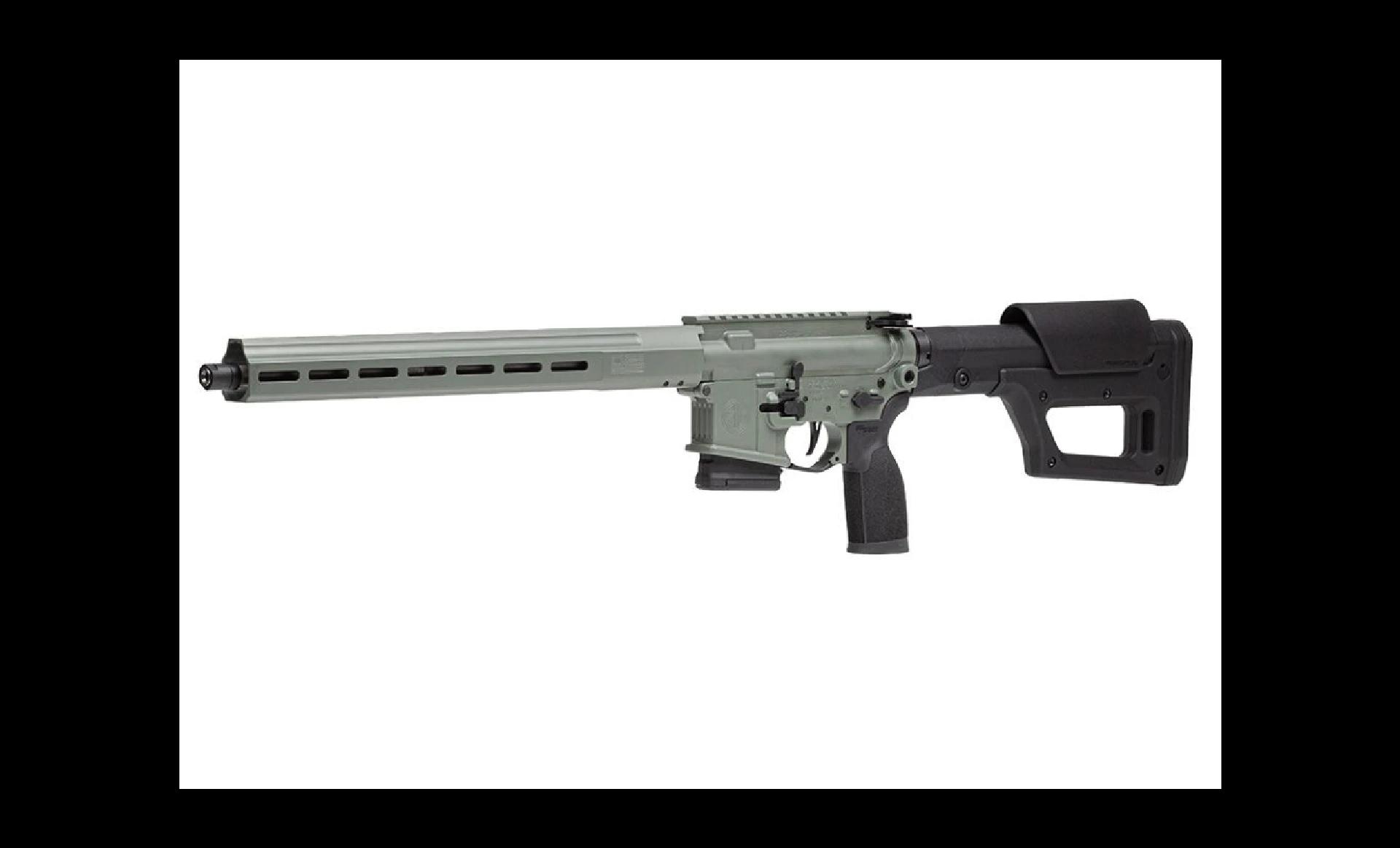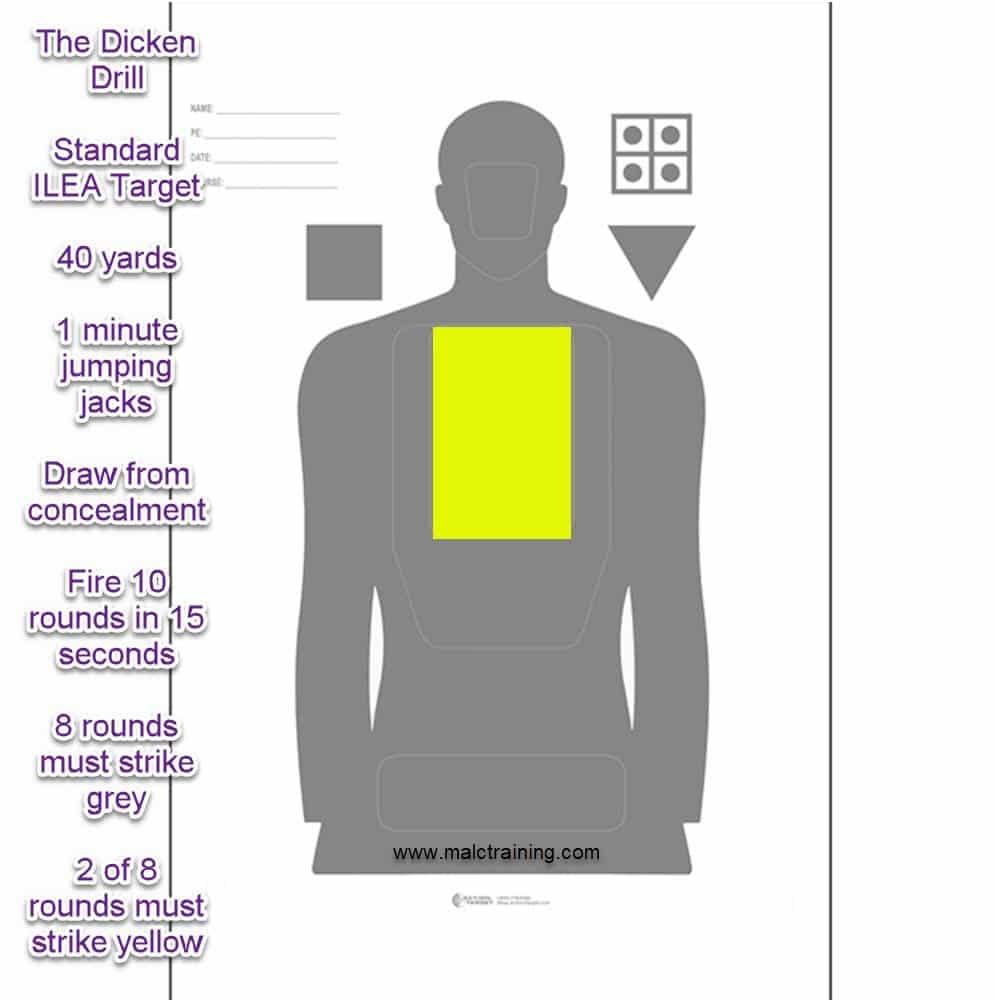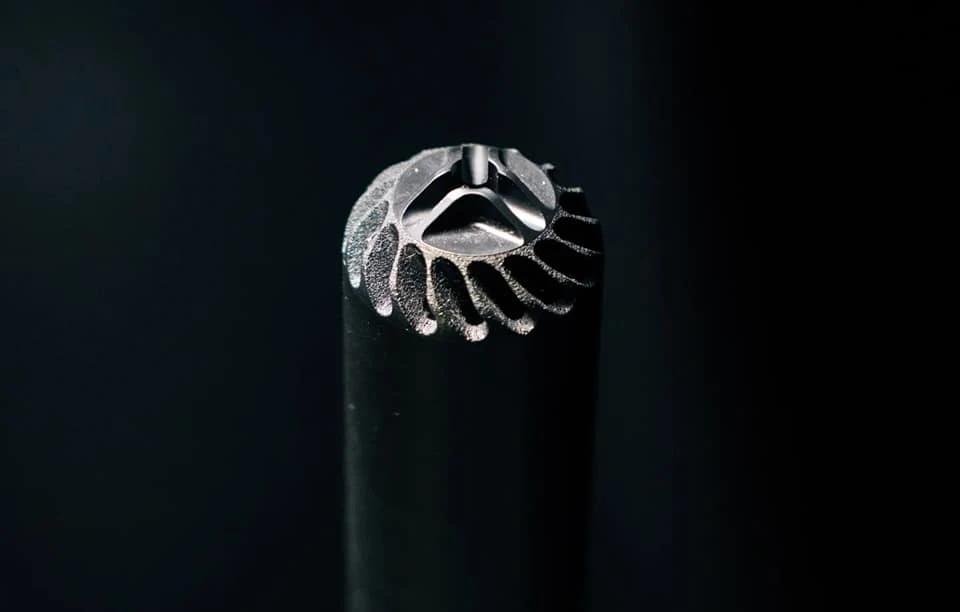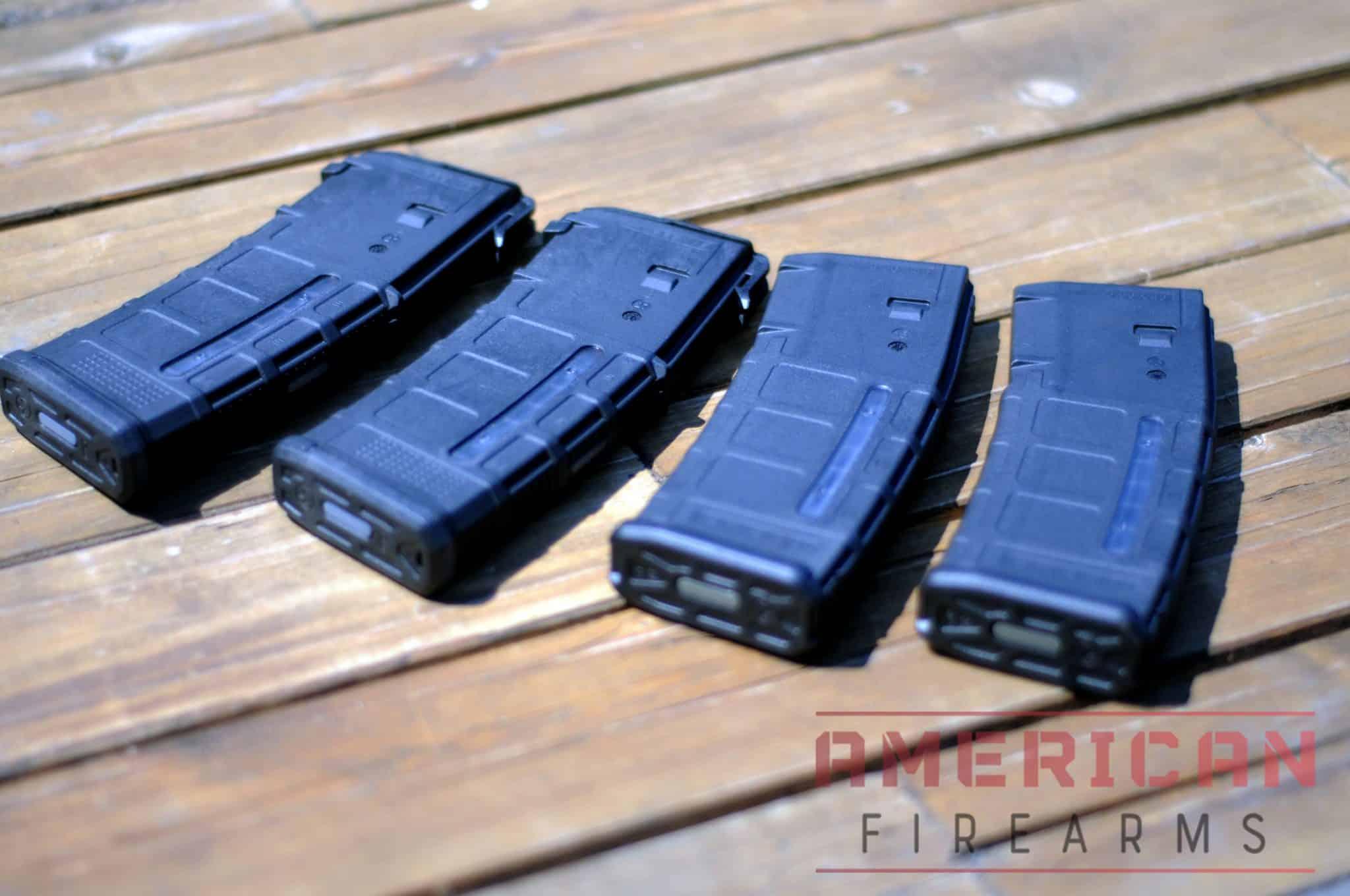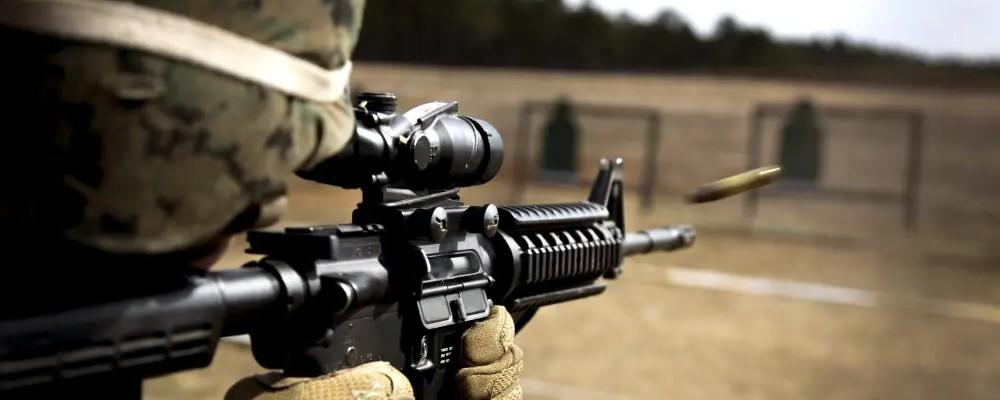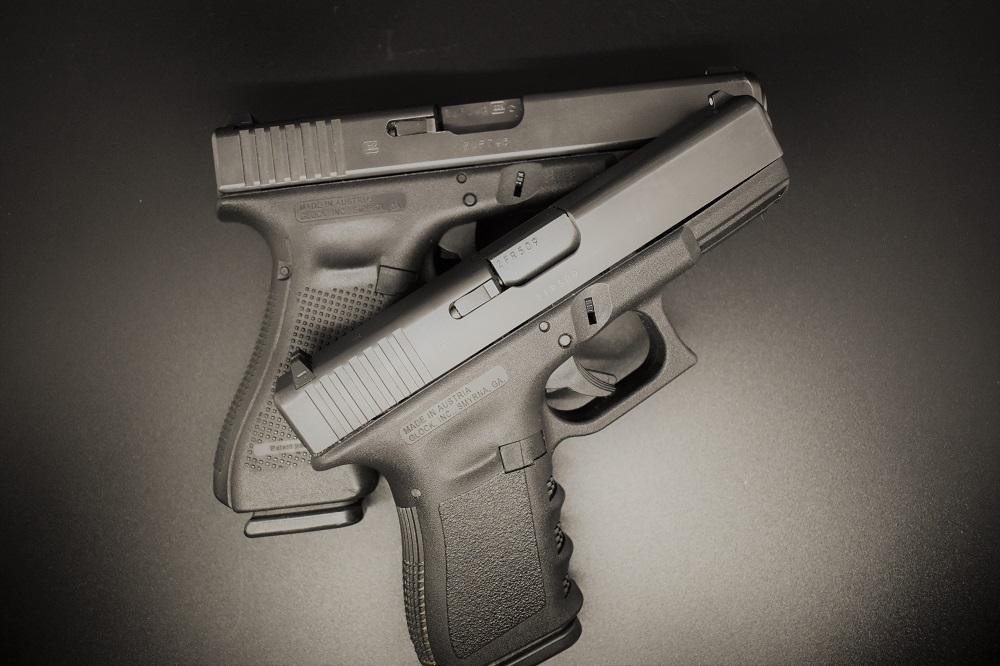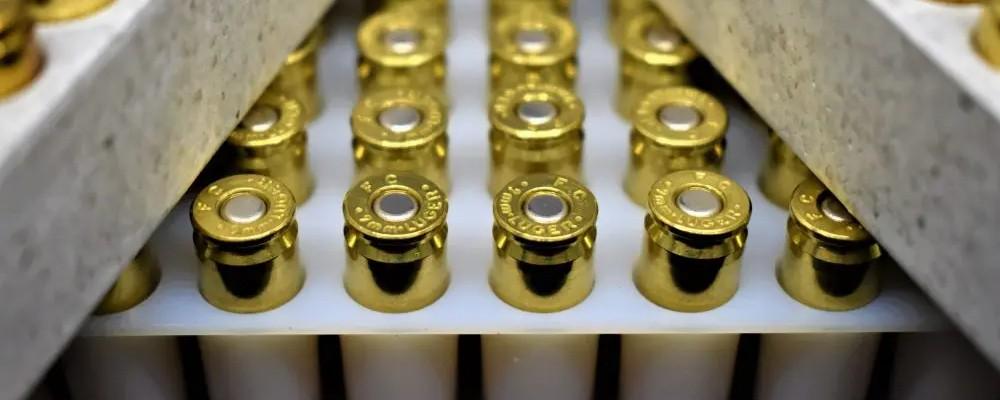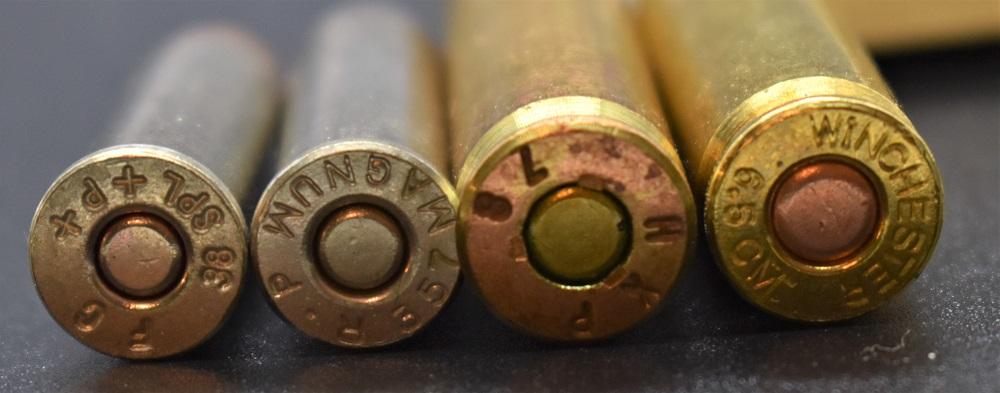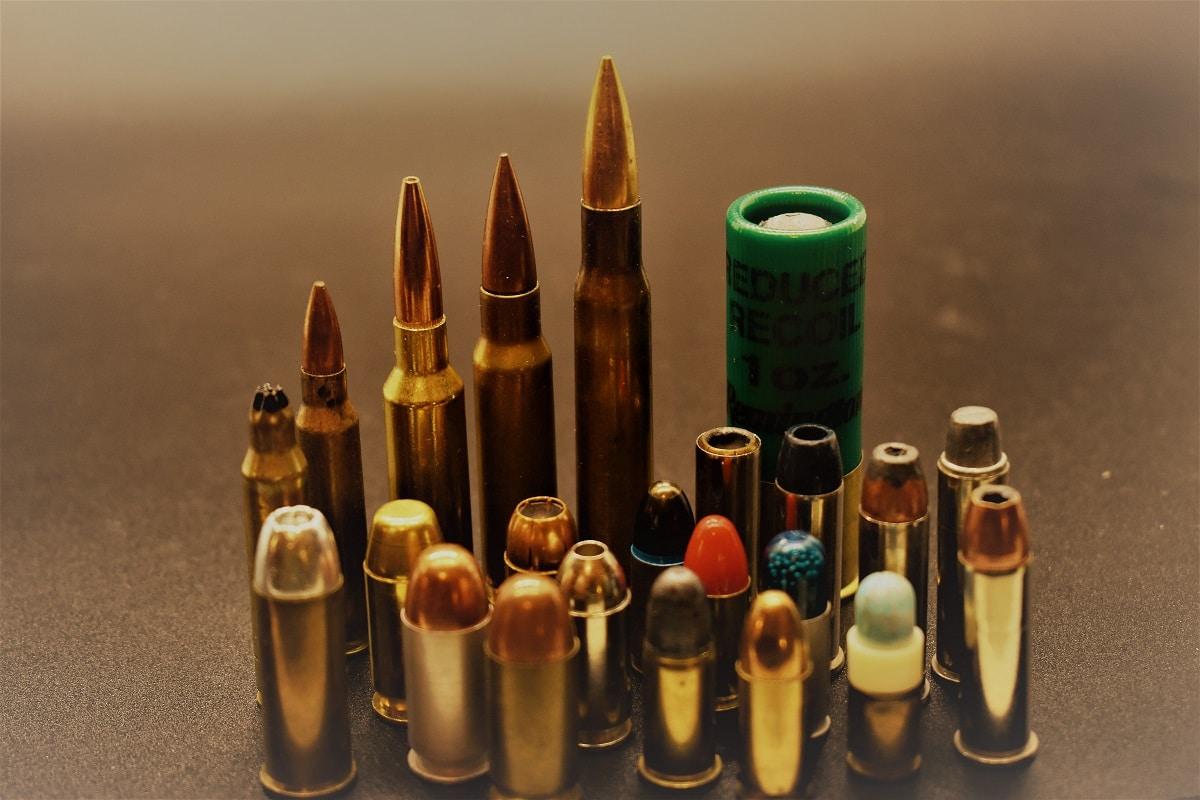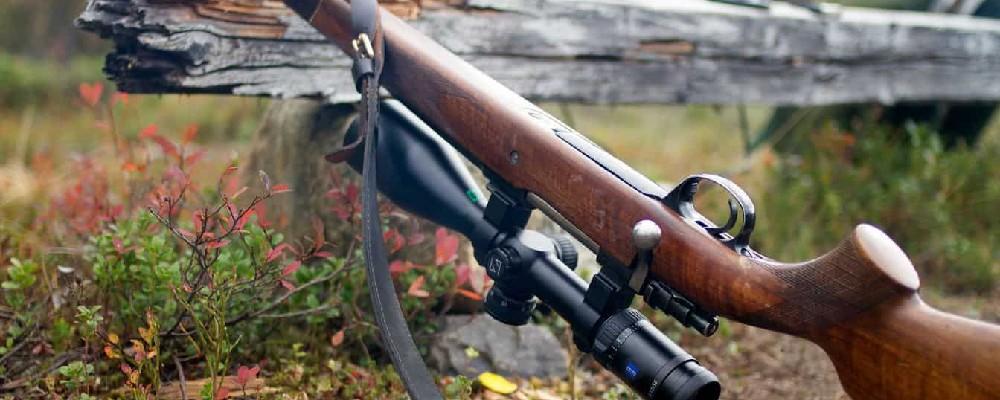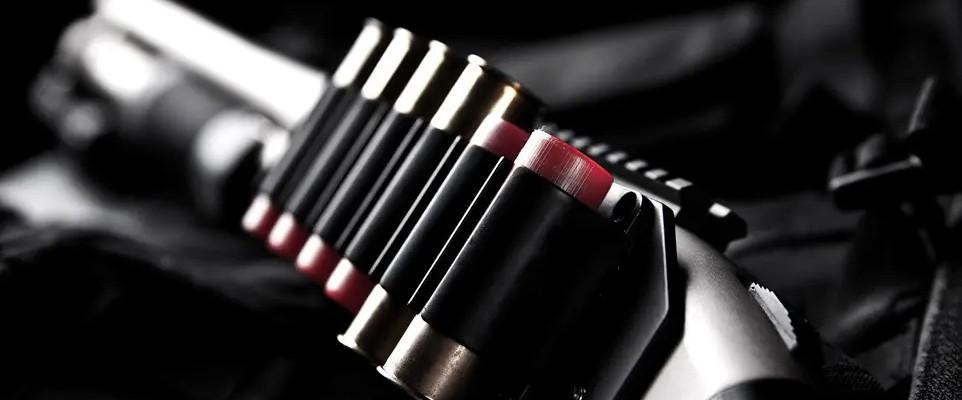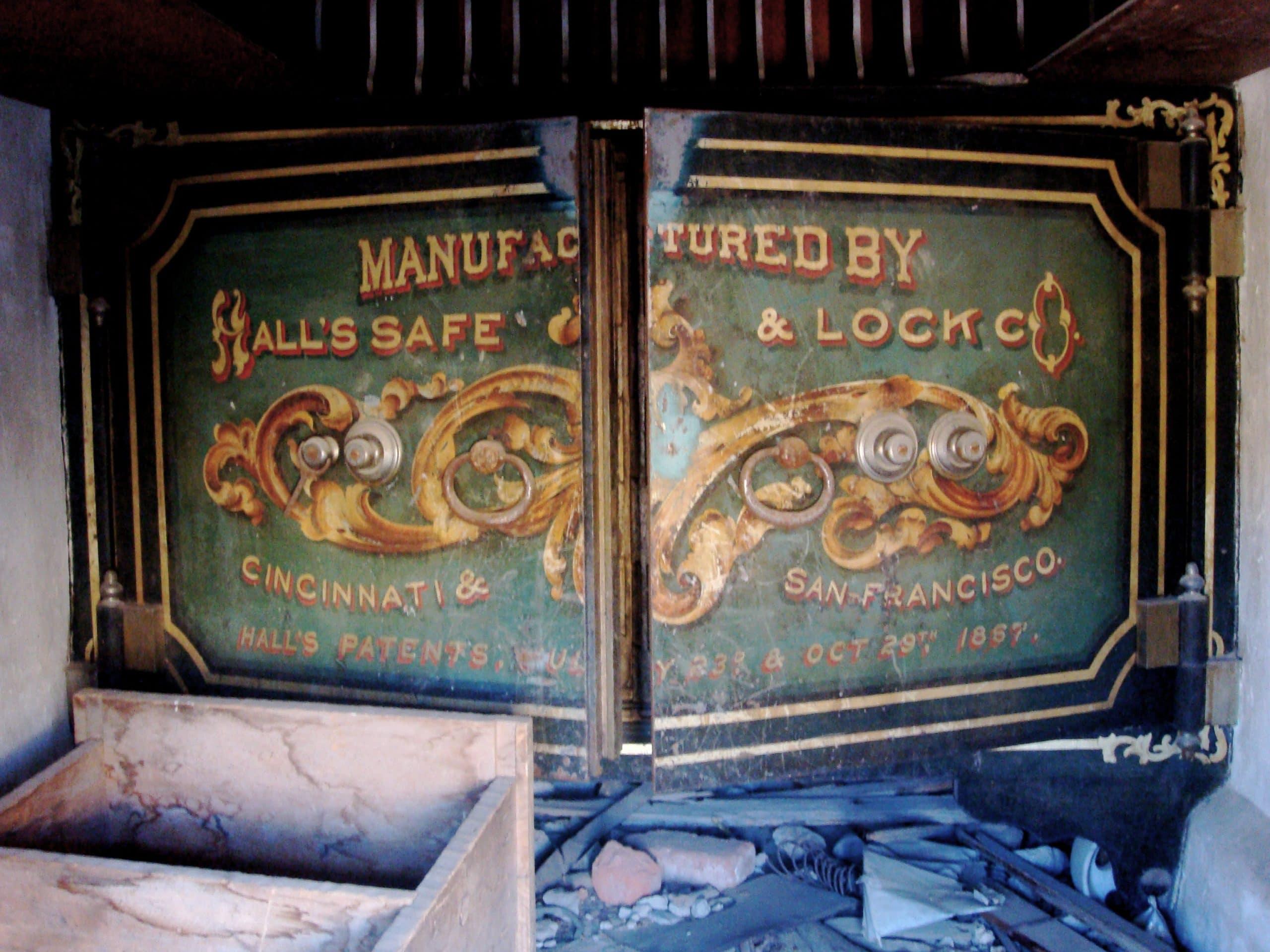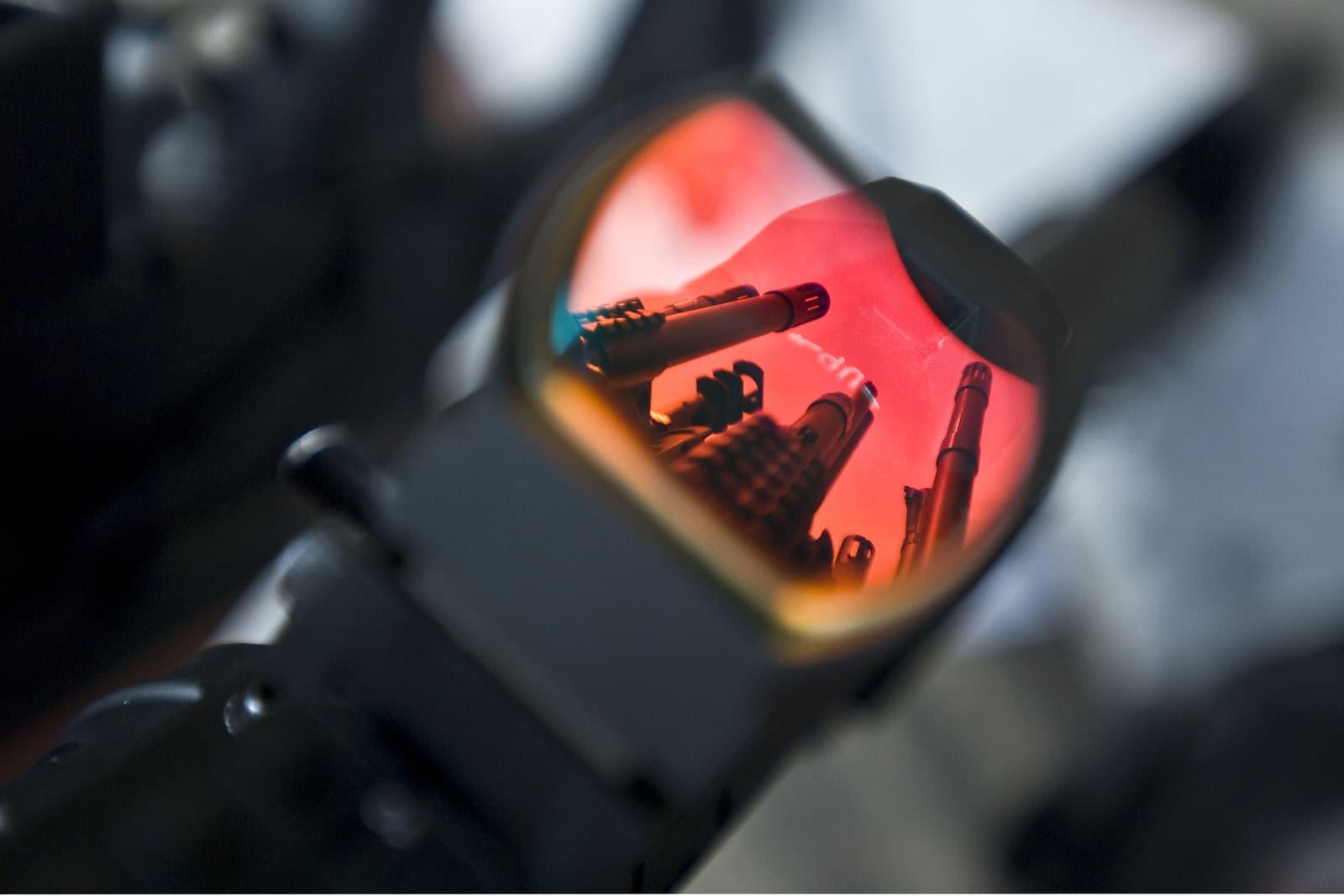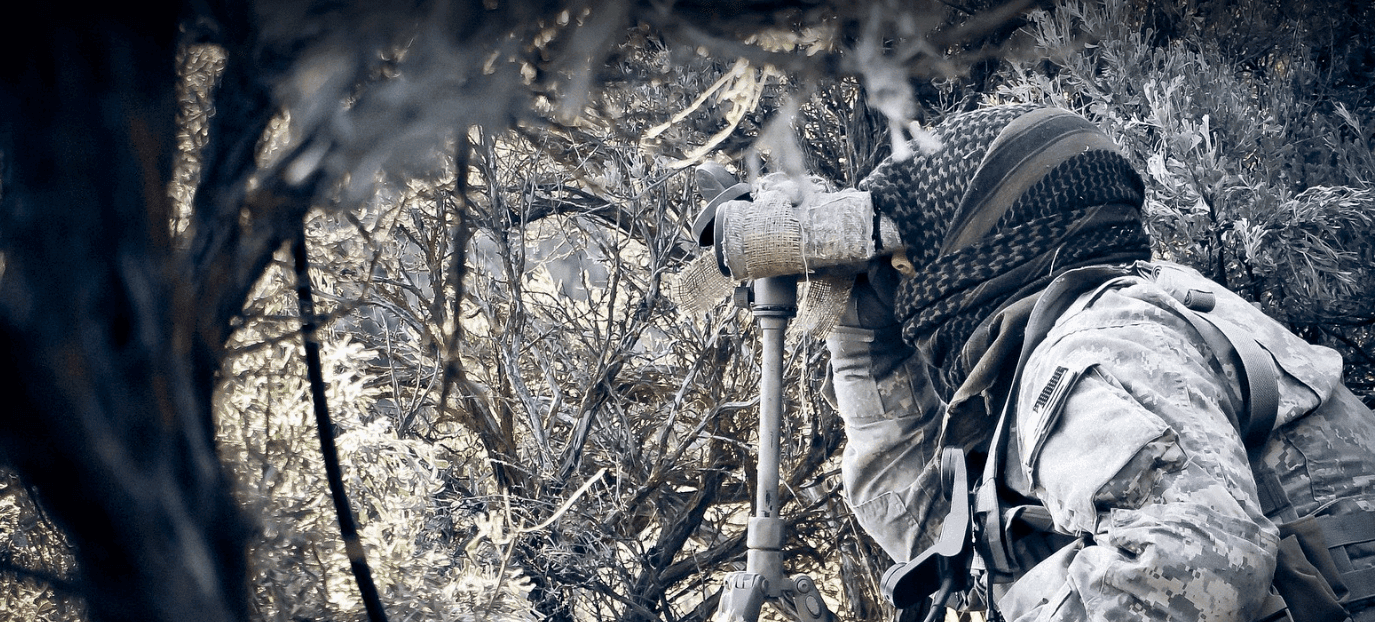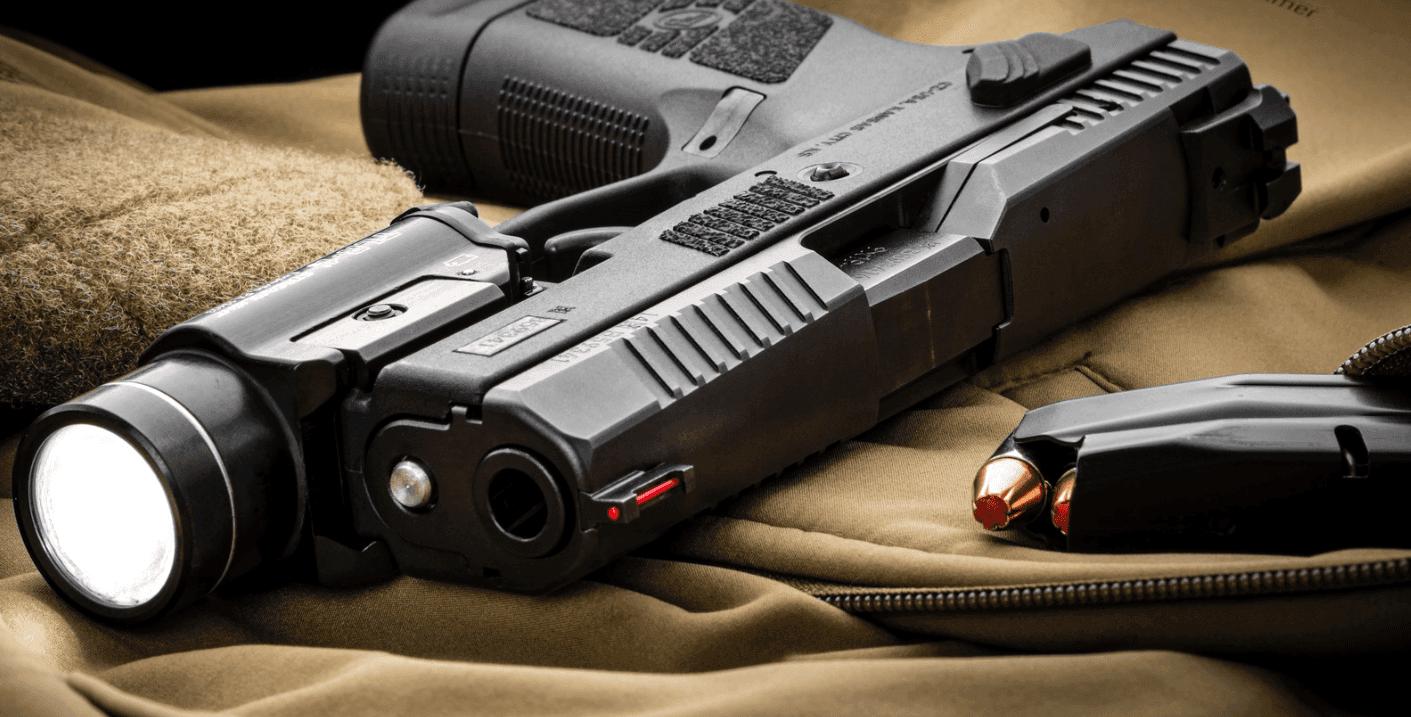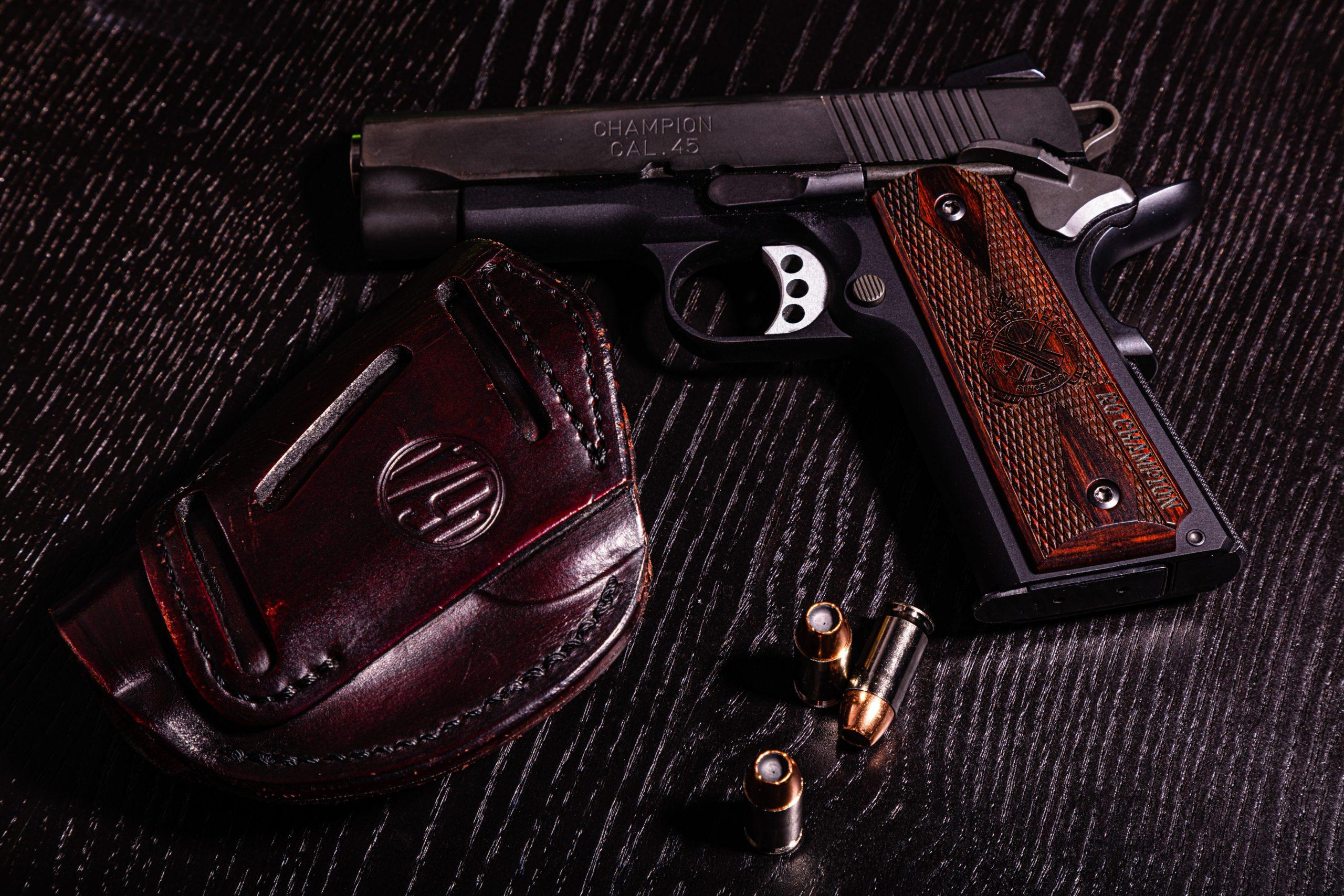Best Pocket Carry Guns: True Ultra-Compact Options
Written By
Michael Crites
Licensed Concealed Carry Holder
Reviewed by
Editorial Team
Learn About The Editorial Team
Share:
Products are selected by our editors. We may earn a commission on purchases from a link. How we select gear.
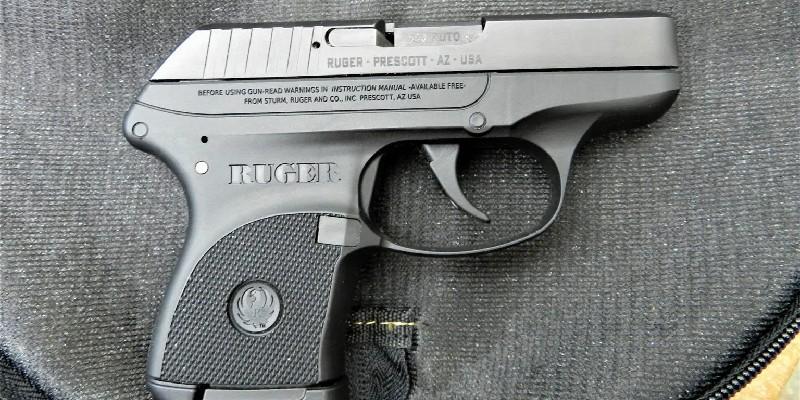
Updated
Jun 2025
With over 19 million Americans holding concealed handgun permits and millions more carrying in constitutional carry states, the pocket pistol has emerged as one of the most popular concealed carry options. But what exactly qualifies as a “pocket pistol,” and when does it make sense to carry one?
In This Article
What Exactly Is a Pocket Pistol?
A true pocket pistol is defined by three key characteristics: size, weight, and concealability. Generally, we’re talking about firearms under 4 inches in height, weighing less than 15 ounces loaded, and thin enough to disappear in a front pants pocket without obvious printing. Think roughly the size profile of a large smartphone – something you can slip into your pocket and forget it’s there.
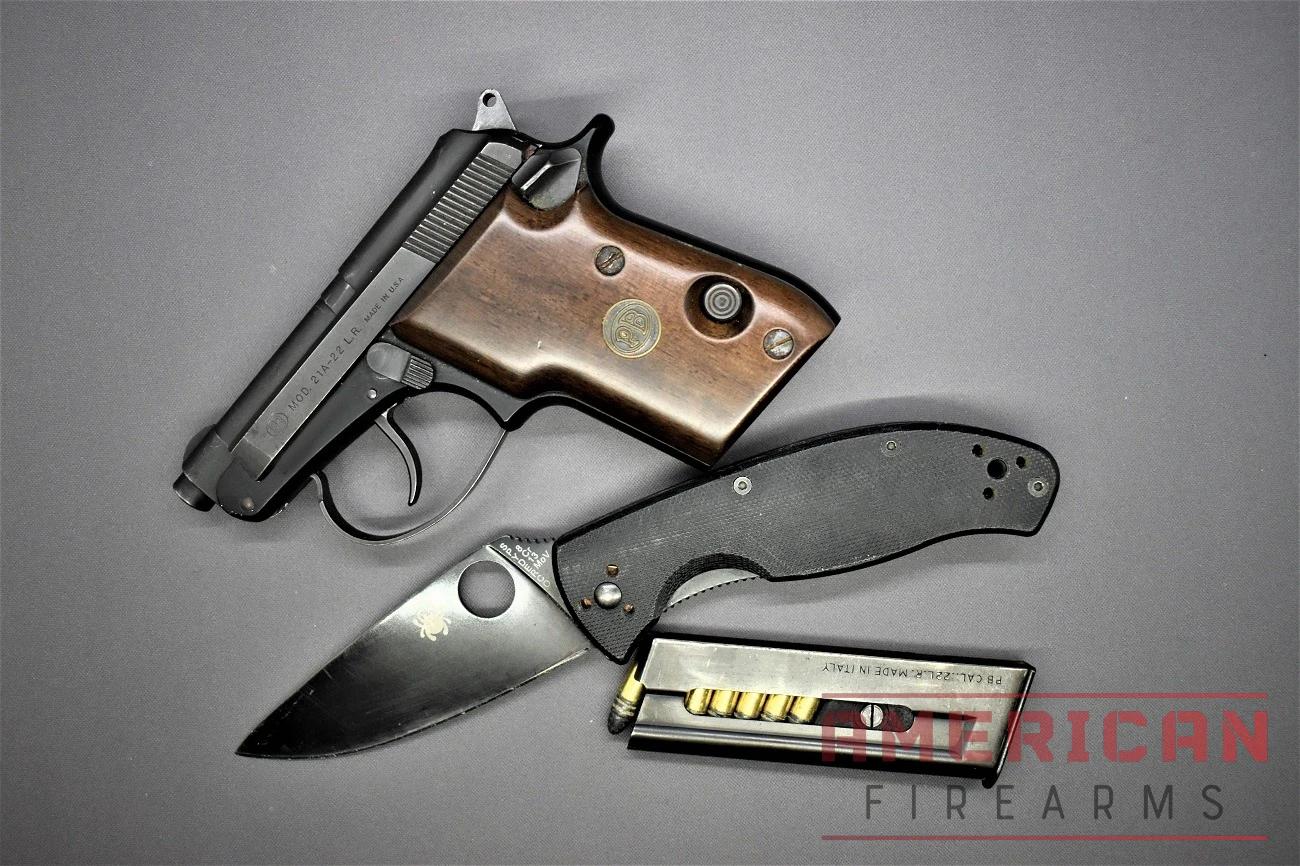
These diminutive firearms typically hold between 5-12 rounds and are chambered in calibers ranging from .22 LR up to 9mm, with .380 ACP being the sweet spot for many carriers. The trade-off is clear: you’re sacrificing some firepower and shootability for ultimate concealability and convenience.
When does pocket carry make sense? It shines in situations where traditional belt carry isn’t practical – formal wear, athletic clothing, summer shorts, or as a backup to your primary carry gun. The beauty of a pocket pistol lies in its ability to be there when you need it, regardless of your wardrobe choices.
However, pocket carry isn’t just about stuffing a gun in your pants. It requires the right mindset, proper holstering, and an understanding of the unique challenges these small firearms present. As the old saying goes, “the best gun is the one you have with you,” and pocket pistols excel at being the gun you’ll actually carry every single day.
Let’s dive into what makes an exceptional pocket pistol and how to choose the right one for your needs.
Key Selection Criteria
1. Appropriate Size
These “mouse guns” are light and small enough that, in addition to regular IWB or OWB carry methods, they can be carried in a pocket under the right circumstances.
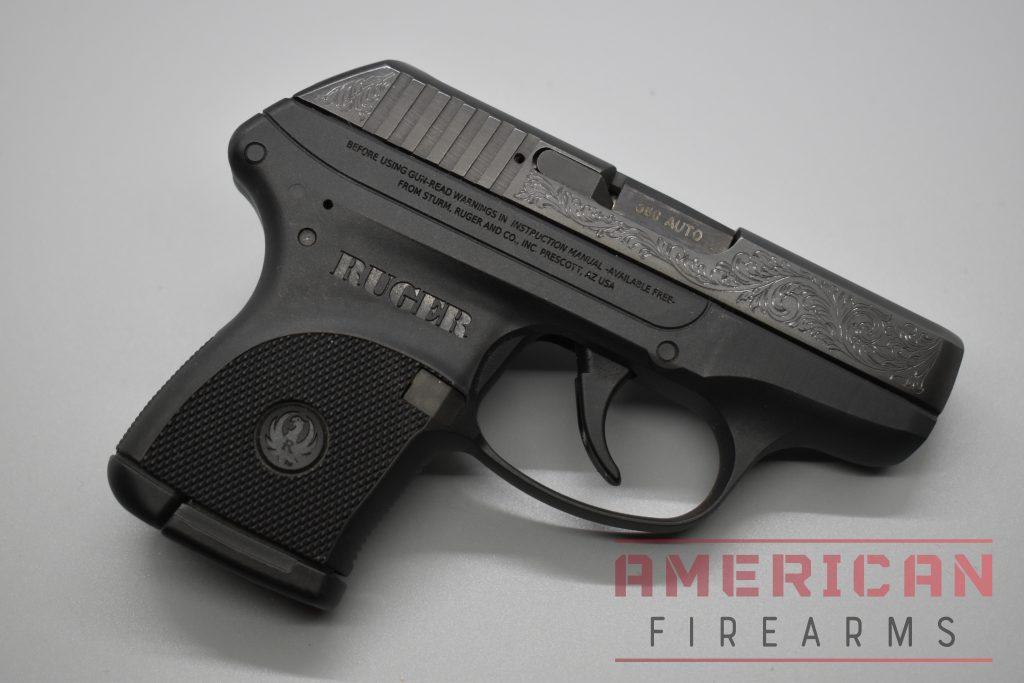
More than just a way to be prepared to defend against lethal force, concealed carry is for many a lifestyle. Following the mantra of “better to have it and not need it than to need it and not have it,” many every day carry (or EDC) their preferred handgun – be it a full-size or pocket gun.
Of course, regardless of how carefully selected your personal defense pistol may be, there’s no substitute for regular training through a combination of safe dry fire/unloaded drill as well as live-fire range sessions.
With that, the safest way to carry is in a holster – one that provides a reliable presentation of the grip to the user on each draw while keeping the trigger guard covered to help prevent negligent discharges– after all, it is embarrassing to shoot yourself with your own gun, especially in public. If pocket carry is your requirement, a quality pocket holster will prevent your pistol from jostling around and make sure the trigger guard has adequate coverage.
3. Carry Position Fit
IWB Carry
The preferred carry method for pocket pistols is typically inside the waistband, or IWB, on the strong side from the 1 o’clock to 4 o’clock position for right-hand users (11- to 8 o’clock for left), with the positions closer to the navel reserved for those who like to appendix carry.
This allows the user to best protect their gun with their arm and core strength during an incident in which retention is a must.
Small of the Back Carry
Small of the back carry is less popular due to the fact it is harder to sit comfortably or draw from a seated position such as when driving a vehicle.
OWB Carry
Likewise, outside the waistband, or OWB carry, is typically reserved for those who prefer to carry openly– a practice that can draw negative attention to the user or– those who use a cover garment such as a vest, jacket or overshirt.
Shoulder Holsters
Shoulder holsters, a favorite of 1970s movies and 1980s cop shows, have limited appeal these days but are still viable concealed carry options for those who, like OWB practitioners, use a cover garment. Further, shoulder holsters are a smart choice for people who spend a lot of time in cramped, seated positions, such as individuals who drive most of the day.
Pocket Carry
Pocket carry, limited to these smaller guns, is hard to draw from and many find it even harder not to have their firearm “print” while seated.
Nonetheless, this can work well for those without belts but still wanting to carry, such as when wearing basketball shorts to the gym or going to the beach.
Off Body Carry
Using a backpack, bag, or briefcase works in cases where form-fitting clothing may make it harder to conceal. On the downside, one can dangerously become separated from their accessory and lose access to their carry piece.
Moreover, the added time and training required to be able to access a gun held in a bag is a problem to consider. Ideally, you want to be able to react to a threat, draw, and be up on target in less than two seconds, or about the time it takes to say, “alligator.”
Ankle Carry
Ankle carry, usually reserved for pocket-sized handguns, can also put the user at a disadvantage in terms of time and requires additional training to be able to draw from such a position quickly.
When utilized, most advocates for ankle carry do so for a backup gun or if they spend long periods in a seated position where they can better access their shoes, for instance at a desk.
Pocket Pistol Carry Options Comparison
Carry Method | Best For | Pros | Cons | Holster Requirements |
Front Pocket | Daily carry casual dress | Ultimate concealment quick access comfortable | Limited to smaller guns slower draw printing risk | Pocket holster with textured exterior trigger guard coverage |
Ankle Carry | Backup gun seated positions | Deep concealment accessible while seated | Very slow draw limited capacity comfort issues | Padded ankle holster with retention strap |
IWB (Inside Waistband) | Primary carry business casual | Faster draw secure retention versatile positioning | Requires belt potential printing clothing restrictions | Quality IWB holster with adjustable cant and retention |
OWB (Outside Waistband) | Open carry cover garment required | Fastest draw most comfortable easy reholstering | Requires cover garment more obvious bulge | OWB holster with paddle or belt loops |
Appendix Carry | Concealed carry faster access | Quick draw good concealment when seated | Comfort issues muzzle direction concerns | AIWB holster with claw or wedge for concealment |
Small of Back | Formal wear slim profile | Minimal printing works with tucked shirt | Dangerous muzzle direction difficult access seated | SOB holster with cant adjustment |
Shoulder Holster | Coat weather long periods seated | Comfortable for extended wear accessible while seated | Requires jacket horizontal muzzle direction | Quality leather shoulder rig with thumb break |
Off-Body | Purse bag briefcase carry | No clothing restrictions larger gun options | Separated from gun slow access retention risks | Dedicated holster pouch with retention and organization |
How We Picked
Concealability
This is where pocket pistols live or die. We test each firearm’s ability to truly disappear in front pants pockets across different clothing types – from slim-fit jeans to cargo shorts to dress slacks.
Shootability
We fire four 5-round groups from a bench at 15 yards (reduced from 25 yards due to the inherent limitations of pocket pistol sight radius and barrel length) to evaluate accuracy potential.
Reliability
Pocket pistols can be finicky with hollow point ammunition due to their short barrels and lighter reciprocating masses.
Durability
Pocket carry subjects firearms to lint, debris, and constant movement against fabric. We evaluate how well each pistol handles 50 draws from various pocket holsters.
More on our testing process
Compare Side By Side
Our Top Picks
Displaying 1 - 1 of 5
Awards
Price
Overall Rating
Description
Rating Categories
Accuracy
Ergonomics
Features
Fit & Finish
Reliability
Value

$499.99 at Palmetto State
Jump to Details48
A beloved micro-compact, striker-fired 9mm pistol with a 12-round capacity, featuring factory night sights and an optional snag-free FT Bullseye sight.
8/10
7/10
8/10
9/10
8/10
8/10

$435.99 at Palmetto State
Jump to Details34
An exceptionally concealable, striker-fired .380 ACP pocket pistol with 6+1 capacity, offering good control, but trading firepower for size, available for around $200.
8/10
5/10
6/10
6/10
5/10
4/10

$479.99 at Palmetto State
Jump to Details47
A beautiful, lightweight pocket pistol in .22LR with 7+1 capacity, featuring single/double action but is probably best used as a backup or deep concealment pistol.
7/10
8/10
9/10
7/10
9/10
7/10
$240.99 at Palmetto State
Jump to Details31
A sub-$300, pocketable 9mm pistol with aggressive grip texturing, but ammo-sensitive and not rated for +P ammunition.
6/10
5/10
5/10
6/10
5/10
4/10
$510.99 at Palmetto State
Jump to Details30
A reliable, striker-fired .380 ACP pistol with a 6-round capacity featuring an adjustable rear sight, 5.5-pound trigger, and no external safeties.
6/10
5/10
4/10
6/10
5/10
4/10
Pocket Pistol Reviews
1. Best Overall: Sig P365
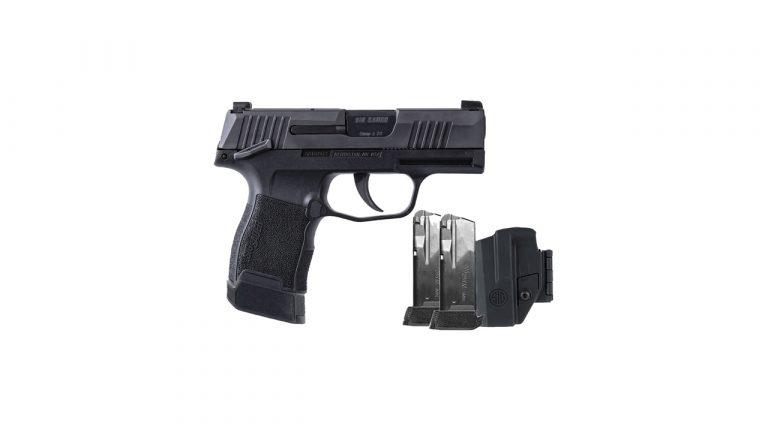
$499.99

48
EXCEPTIONAL
2025 Awards & Rankings
Performance Scores
Specifications:
- Weight: 17.8 oz
- Capacity: 12
- Length: 5.8”
- Caliber: 9mm Luger
- Barrel Length: 3.1”
- Height: 4.3”
- Action: Striker-Fired
Pros:
- Outstanding capacity-to-weight ratio in this class of pistols
- Factory night sights are great for those not wanting to mess with optics
Cons:
- Very early models had issues with the firing pins, so get a new one as opposed to a used one.
- Some people have difficulty getting a good grip on the 12-round magazines
Sig Sauer made waves two years ago with the micro-compact P365, which has an overall length of just 5.8 inches and a 17.8 ounce weight. Less than 4.3 inches high, it still offers a 10+1 readily expandable capacity.
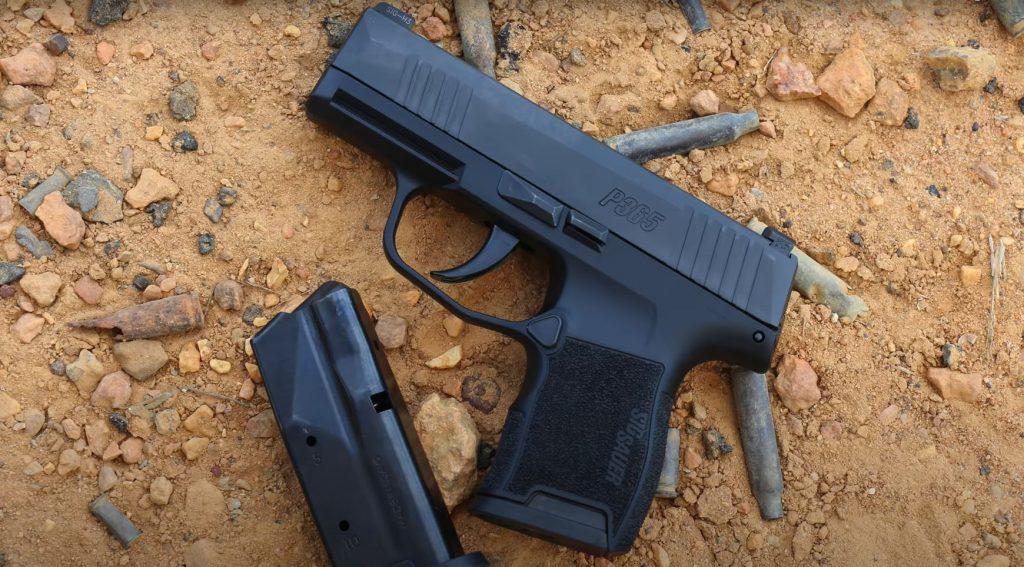
In a different take on instinctive shooting, the company also offers the Sig Sauer P365 SAS, which ditches traditional front and rear sights for an FT Bullseye sight set into the slide top, producing a svelte snag-free draw.
2. Lightest: Ruger LCP
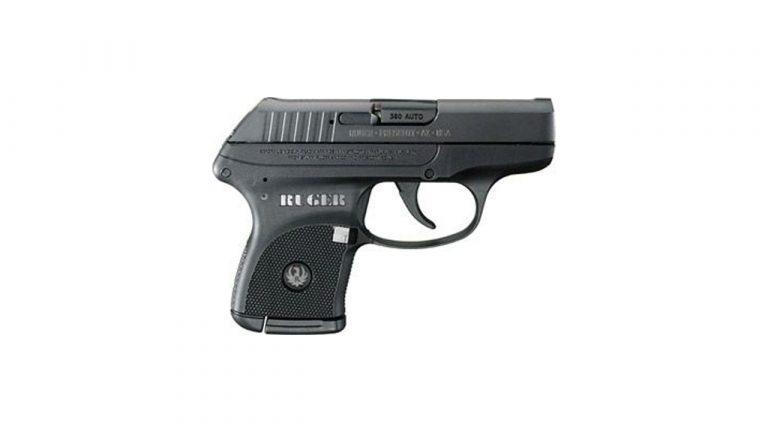
$435.99

34
AVERAGE
2025 Awards & Rankings
Performance Scores
Specifications:
- Weight: 9.6 oz
- Capacity: 6
- Length: 5.16″
- Caliber: .380ACP
- Barrel Length: 2.75”
- Height: 3.6”
- Action: Striker-Fired
Pros:
- Exceptionally concealable
- Striker-fired design makes it hard to snag on drawing
- Clips and trigger guard lasers make this a true “pocket gun.”
Cons:
- .380 ACP is a little anemic when compared to 9mm Luger
- With only six rounds of capacity, you’re trading firepower for concealment
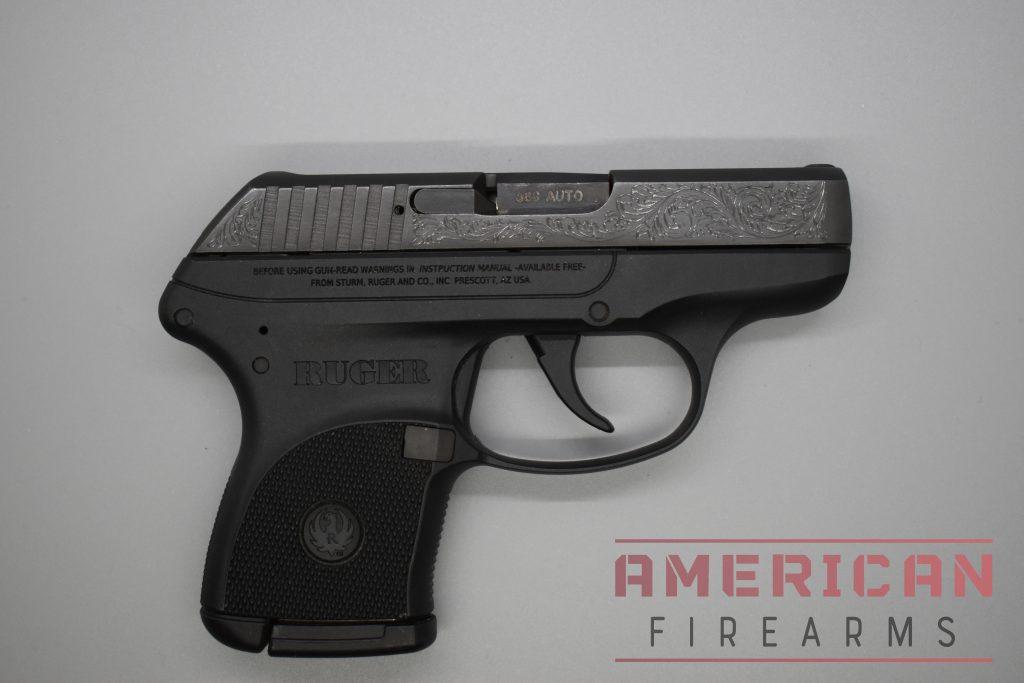
With a height of just 3.6 inches, the Ruger LCP is ready and willing to clock in for pocket carry. Bringing 6+1 rounds of .380ACP along for the ride, it weighs just 9.6 ounces in its standard model.
One thing to note – a .380 only has about 2/3rds the stopping power as a .38 Special, so if stopping power is a critical criterion for you there are bigger caliber pocket pistols available.
Best of all, it can often be had for as low as $200.
One of the best deep concealment pocket pistols
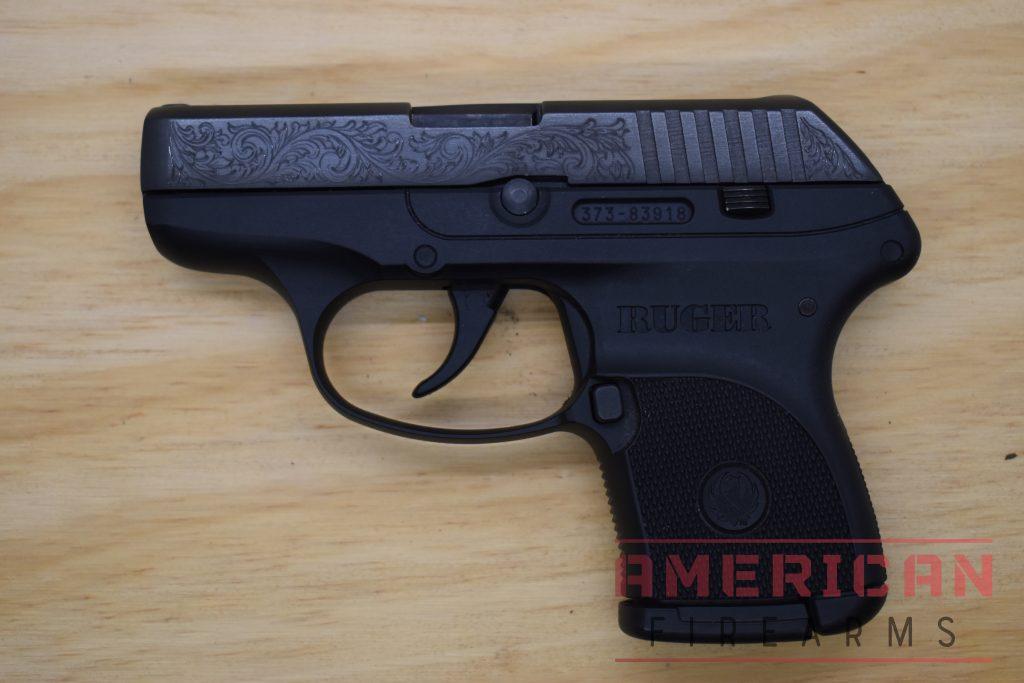
In addition to the ease of use, the LCP is incredibly popular, so you’ll have a massive array of both pocket and IWB/OWB holsters to choose from. While not the LCP, we shared our thoughts on the bigger-bore LC9, which is based on the same platform.
3. Rimfire Pick: Beretta Bobcat
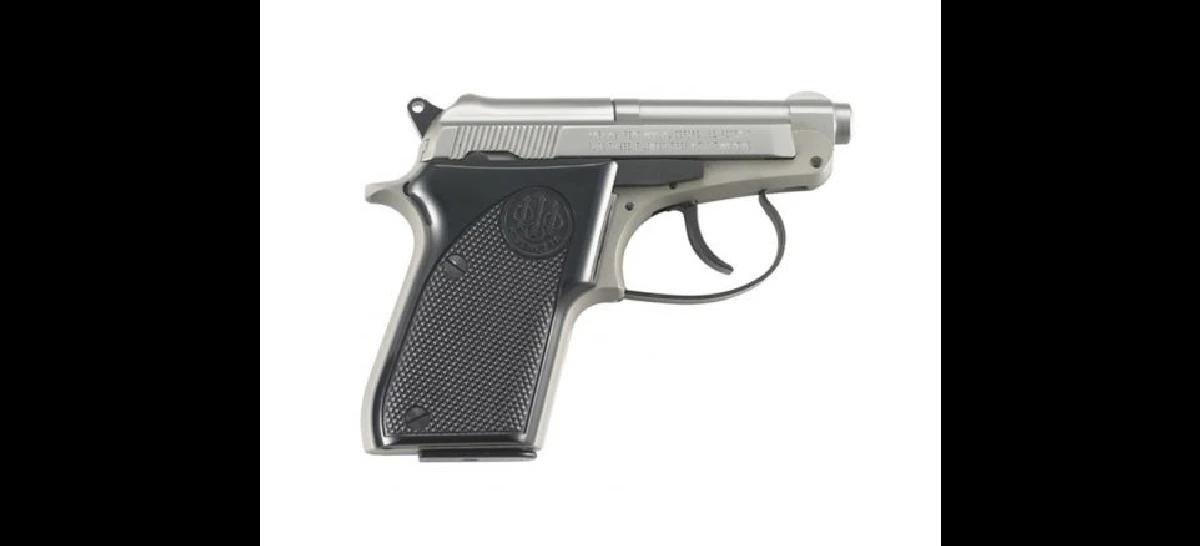
$479.99

47
EXCEPTIONAL
2025 Awards & Rankings
Performance Scores
Specifications:
- Weight: 12.5 ounces
- Capacity: 7+1
- Length: 4.92 inches
- Caliber: .22LR
- Barrel Length: 2.4” inches
- Height: 3.7 inches
- Action: Double Action, Single Action, Hammer-Fired
Pros:
- Compact and lightweight
- Decent sized grip and comfortable trigger
- Fun to shoot
Cons:
- Small caliber and short range
- Limited sights
- Not for new shooters
Evolved from a long line of tip-up barrel “cat” guns from the Italian firearms icon, such as the Minx and Bobcat, the short-barreled Beretta Model M21A Bobcat is a lightweight pocket pistol that has been in production since 1984.
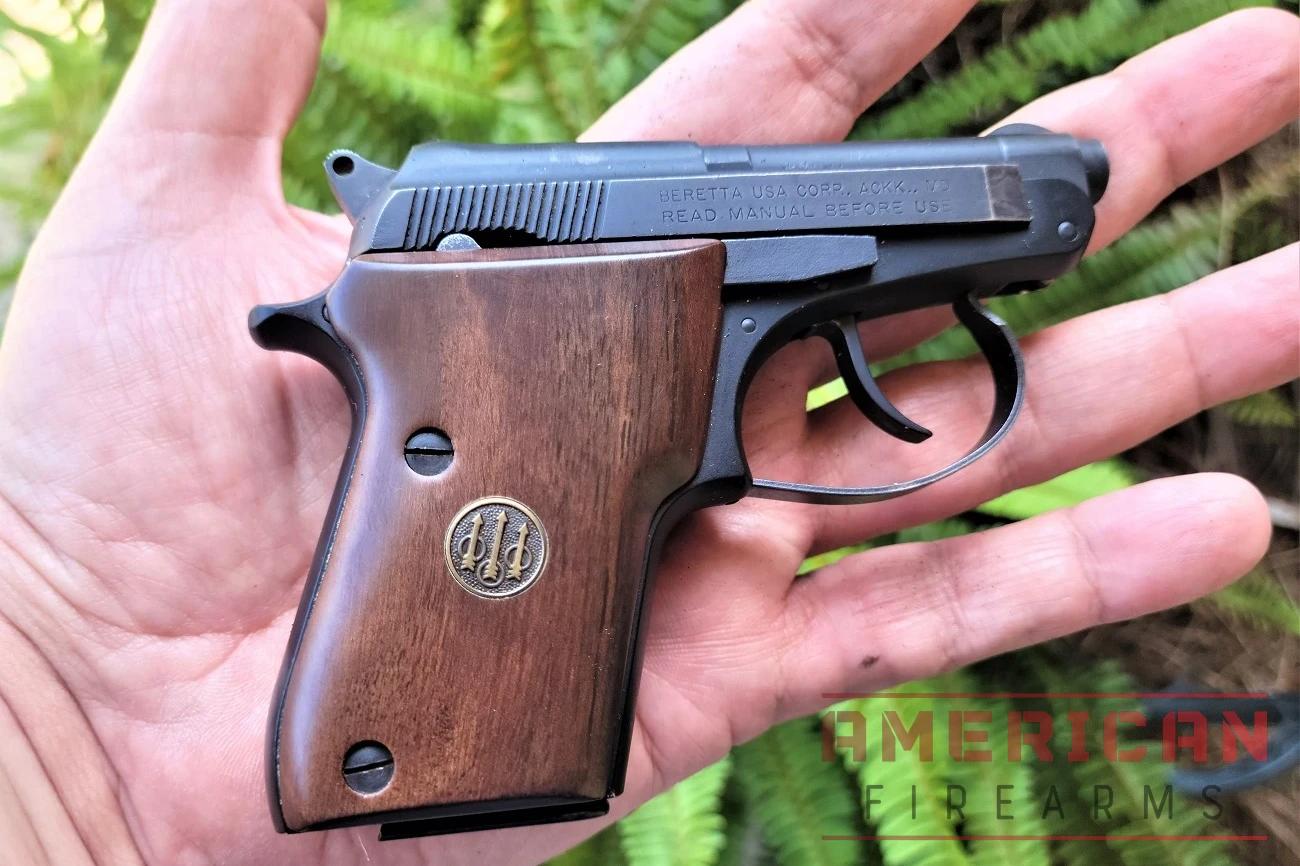
About the size of a cell phone, the Bobcat is 3.7 inches high and has a magazine capacity of 7+1 rounds of .22LR packed into a sub-five-inch overall length. While some might decry the .22LR as ineffective for personal defense, the gun is incredibly easy to shoot, which makes getting rounds on target relatively easy. When guns are this small, I want a small caliber.
The grips are larger than something like the LCP and there’s much less recoil, plus after the initial double-action shot, the single-action trigger on the Bobcat is much nicer than most pocket pistols.
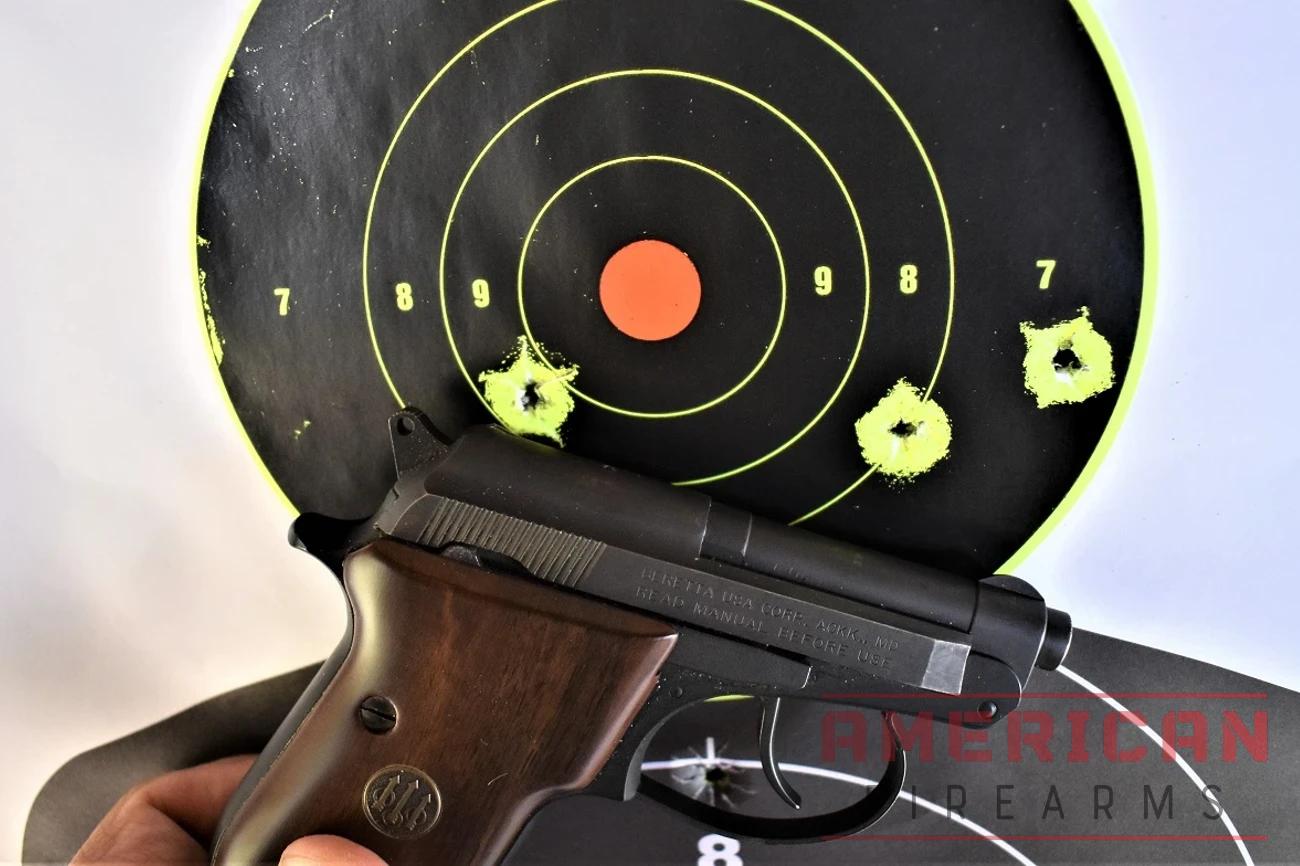
The two-position safety engages smoothly and keeps things under control, which both locks the slide and preventing the pistol from firing. The magazine release is located to the left of the grip, making for an unusual location but one-handed operation is quick and easy.
The dual single or double action semi-auto options on the pistol make it a go-to firearm for both deep concealment LE and extremely popular as a backup.
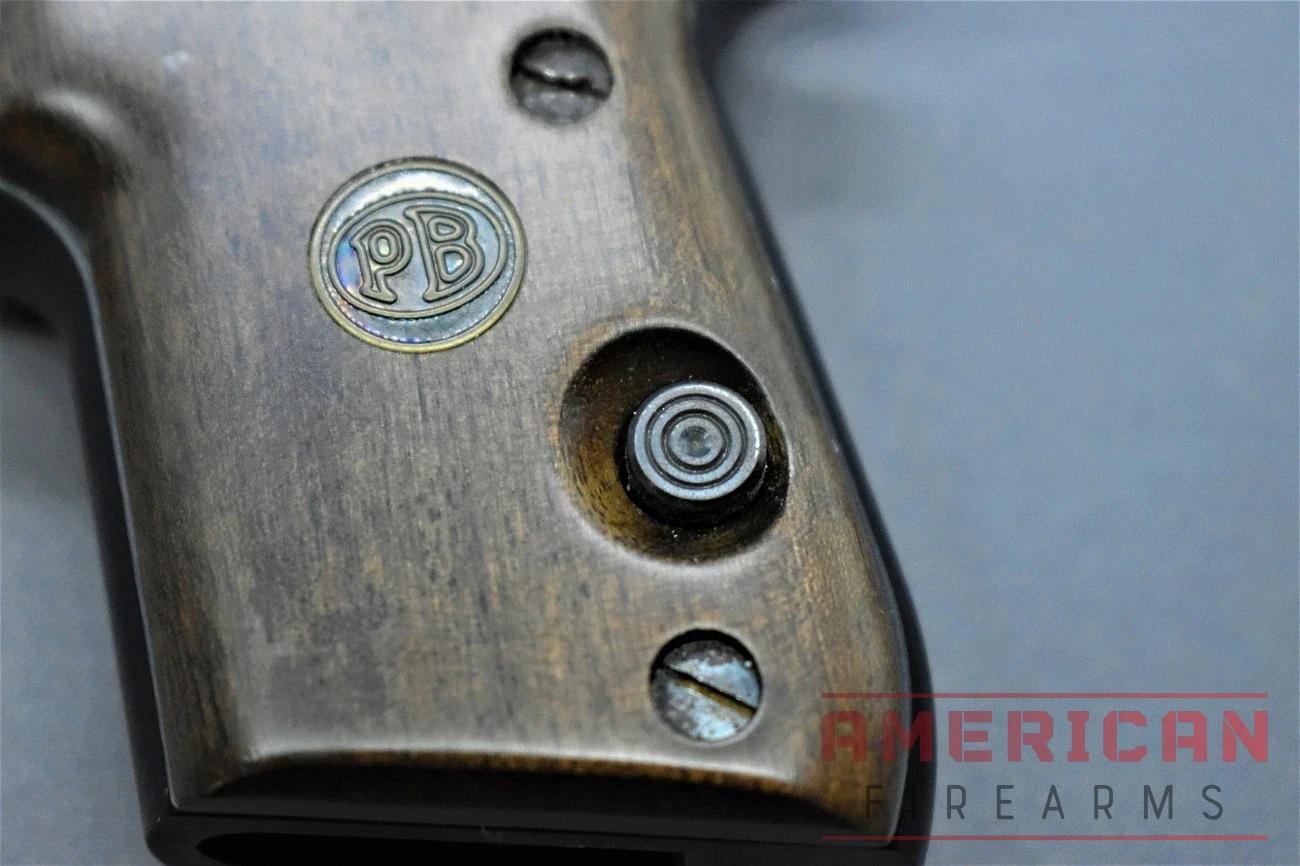
The Bobcat is popular enough that when Beretta ended its production 2013, persistent customer demand saw them reboot it in 2017, and I, for one. Am thankful. Beretta introduced the Bobcat Covert in 2020, which added an extended factory threaded barrel to allow for use with suppressors. The Covert has become the default standard in Beretta’s catalog for the Model 21, at least for 2023, available in the logically named Kale Green, Ghost Buster, or Silver-Black finish.
For more, read our review on the Beretta Bobcat.
4. Budget Option: Diamondback DB9
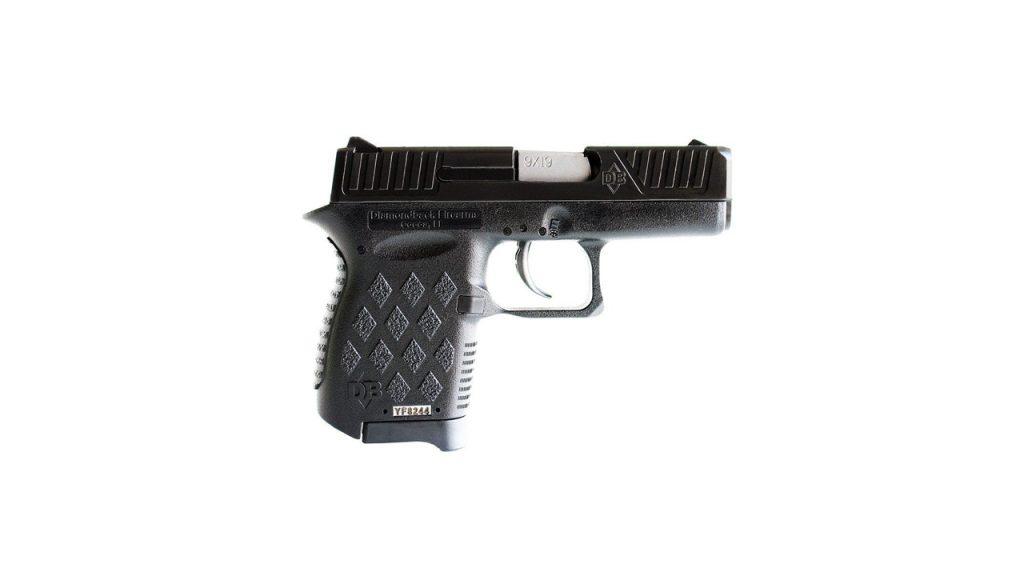
$240.99

31
AVERAGE
2025 Awards & Rankings
Performance Scores
Specifications:
- Weight: 11 oz
- Capacity: 7
- Length: 5.6″
- Caliber: 9mm
- Barrel Length: 3”
- Height: 4”
- Action: Striker-Fired
Pros:
- 9mm is a suitable caliber for self-defense
- Controllable
- Aggressive grip texturing will aid shooters in dealing with recoil
Cons:
- Not rated for +P or hotter ammunition
- Hotter defensive loads will void your warranty
- Diamondback warns of cycling problems with bullet weights over 124 grains
- Ammo sensitive
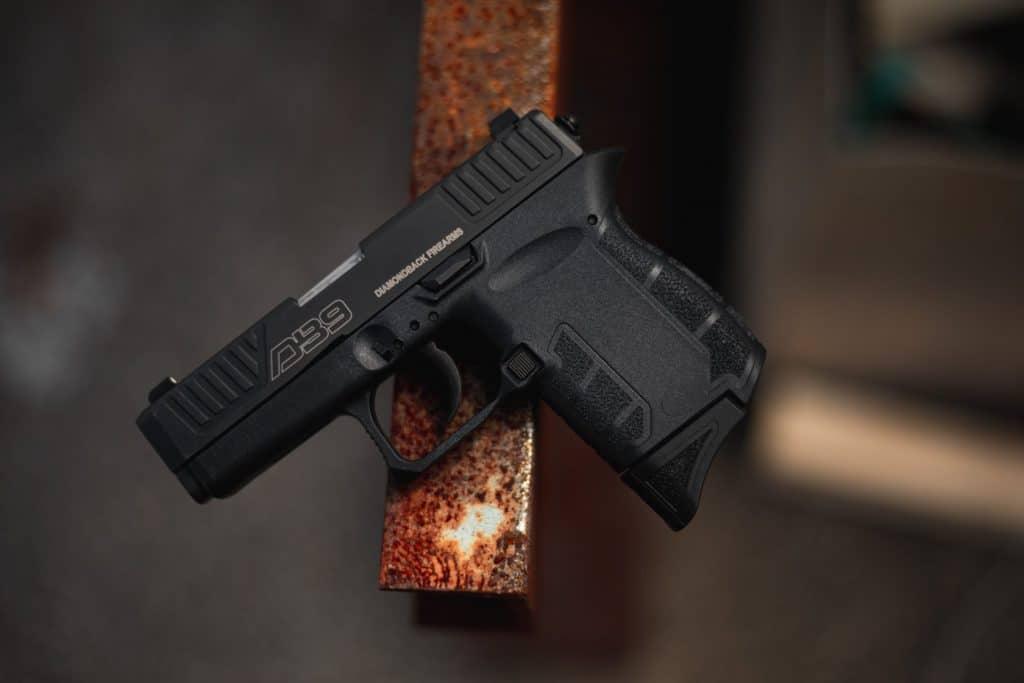
Despite its slightly awkward looks, the sub-$300 Diamondback DB9 is just 4-inches high and weighs 13.4-ounces, which puts it and the Kel-Tec PF-9 in the same club of being about the only “pocketable” 9mm pistols on the concealed carry market.
Reliable, it makes a good companion for trips to the gym or corner store.
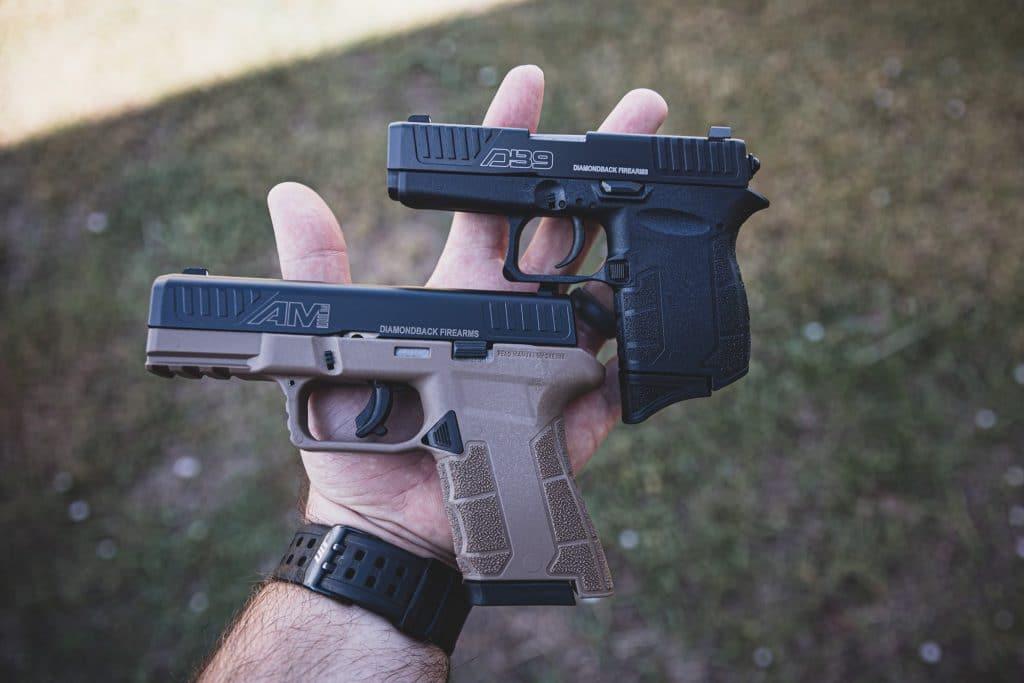
5. Also Great: Glock 42
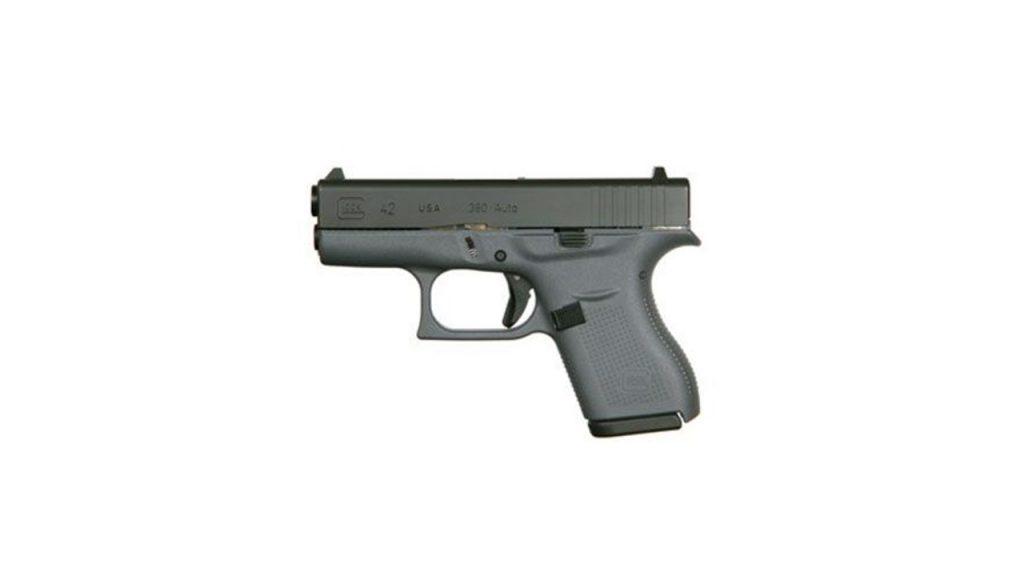
$510.99

30
AVERAGE
2025 Awards & Rankings
Performance Scores
Specifications:
- Weight: 13.76 oz
- Capacity: 6
- Length: 5.94″
- Caliber: .380 ACP
- Barrel Length: 3.25”
- Height: 4.13”
- Action: Striker-Fired
Pros:
- Glocks are nearly always super reliable and this is no exception.
- The manual of arms is identical to larger Glocks, so if you’re used to those, this is a good option.
Cons:
- .380 ACP is a little on the underpowered side for self-defense
- Six underpowered rounds on tap isn’t much stopping power
The Glock 42 certainly looks and operates like a “real” gun – because it is. While technically not a pocket pistol in the traditional sense, it’s the smallest Glock you can get your hands on at just under an inch wide and about 4″ tall, all while offering a 6-round capacity at just shy of 14 oz empty.
Plus it comes with some niceties that are found on other Glocks, including an adjustable rear sight, a 5.5-pound trigger that resets smoothly after firing, and the striker-fired semi-automatic pistol build that made the Austrians famous to begin with.
Of course, this being a Glock there’s no external safeties which is ideal as these will almost certainly slow your drawing and firing during practice or in a live situation.
A History of Pocket Pistols
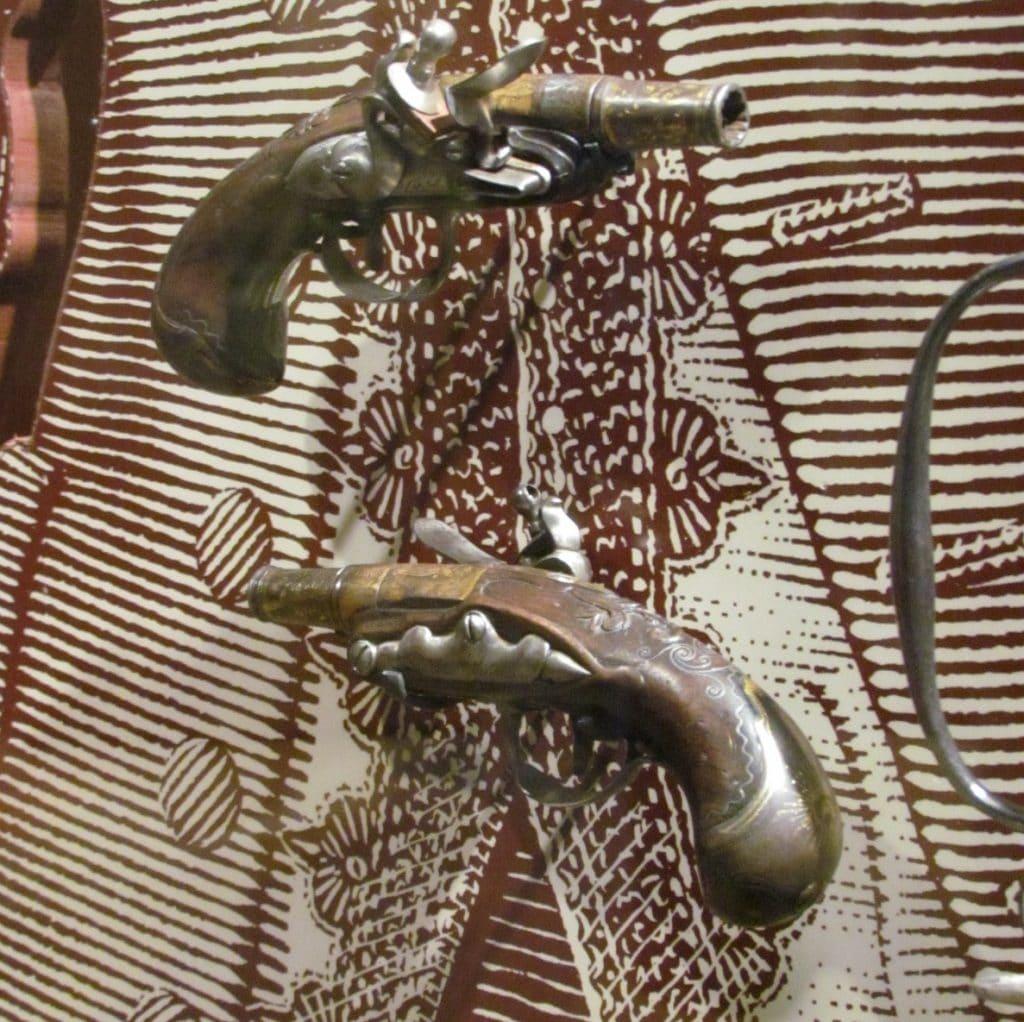
Something like a pocket pistol has been in civilian hands since the early modern period.
Then, there were models of duckfoot pistols that were flintlocks. Some of them had as many as four barrels. While they were a lot less concealable than modern pocket pistols or, for example, a dagger, a duckfoot pistol was a way for a person to have several shots, fired from a short barrel, that was more or less useful at extremely short ranges.
I certainly would not want to carry one today, but they are, at least conceptually, the precursor to the modern pocket gun.
As firearms technology advanced, so did pocket pistols. By the 1840s, there were cap and ball revolvers that had barrels as short as an inch or two, making them true pocket guns in the modern sense of the word. Of course, black powder and percussion caps were prone to things like falling out of place, getting damp on a rainy day, and so on.
Still, I’d much rather have a cut-down Colt Navy from the 1840s than a duckfoot pistol from a century prior to that. As time wears on, it seems, people have the ability to get a lot more reliable pocket pistols.
The 20th century saw a lot of innovation in the realm of pocket pistols. Revolvers remained, and remain, popular choices even to this day for their reliability and thanks to the fact that they can be fired from within a pocket if you don’t have time to draw. The early 20th century also saw the advent of pocket-sized semi-automatic pistols such as the Colt 1903.
Seriously, if Colt wants to remake the 1903, I’d happily buy one in .32 or .390: it’s an iconic and beautiful design.
The 21st century has seen a major rise in lighter pistols, like the Sig P365, that bring a lot more ammunition than ever to a format that can easily sit in a pocket. These designs also have great modern features like sights that are actually usable. There are also some unusual designs out there, like the LifeCard, which is a folding .22 single-shot pistol in the shape of a credit card.
Over time, pistols are not getting much smaller, Derringer’s aside. What I do see, however, is more reliable, easier-to-shoot pocket pistols coming out every few decades or so.
Caliber Deep Dive: Choosing Your Cartridge
When it comes to pocket pistols, caliber selection becomes more critical than with full-size guns. Short barrels significantly impact ballistic performance, and you’re already working with limited capacity. Here’s what you need to know about each option.
| Caliber | Barrel Length | Typical Capacity | Recoil | Penetration | Expansion | Best For |
|---|---|---|---|---|---|---|
.22 LR | 2-3" | 8-10 rounds | Very Low | Marginal | Minimal | Recoil-sensitive shooters backup gun |
.32 ACP | 2.5-3" | 6-8 rounds | Low | Adequate | Limited | Deep concealment easy shooting |
.380 ACP | 2.5-3" | 6-12 rounds | Moderate | Good | Good | Most balanced option |
9mm | 3-3.5" | 6-12 rounds | Moderate-High | Excellent | Excellent | Maximum effectiveness |
The Short Barrel Reality
Pocket pistols typically sport 2-3 inch barrels, which dramatically affects performance. A 9mm round that screams out of a 4-inch barrel at 1,200 fps might only manage 950 fps from a 3-inch tube. This velocity loss directly impacts expansion and energy transfer.
The .380 ACP Sweet Spot: For most shooters, .380 ACP represents the best compromise. Modern defensive loads like Federal Punch and Hornady Critical Defense are specifically designed for short barrels, ensuring reliable expansion even at reduced velocities. You get manageable recoil with legitimate stopping power.
When 9mm Makes Sense: If you can handle the increased recoil and muzzle blast, 9mm offers superior terminal performance. However, many pocket 9mms are simply too snappy for quick follow-up shots – and follow-up shots matter more than raw power.
Don’t Overlook .32 ACP: While unfashionable, .32 ACP offers excellent penetration with minimal recoil. European police forces have successfully used it for decades. For deep concealment scenarios where shot placement trumps power, it’s worth considering.
The .22 LR Question: While .22 LR is underpowered for defense, it’s infinitely better than harsh words. If recoil sensitivity prevents you from shooting anything larger effectively, a reliable .22 you can control beats a .45 you can’t hit with.
Bottom Line on Calibers: Choose the largest caliber you can shoot accurately and quickly. A well-placed .380 beats a missed 9mm every single time.
Why Carry a Pocket Pistol
The best reason to carry a pocket pistol is that it’s a lot more likely to always have it with you.
Since these are small guns, you can easily put them in a holster, a bag, or the like and go about your day. They tend to be a lot smaller and more comfortable to live with than, say, a full-size 1911, so I think it’s a lot more likely that you will commit to keeping a gun on you if you forget that it’s there in the first place.
Second, the small size and relatively low weight of pocket pistols make them very easy to conceal. In a lot of states, this helps to keep you better in compliance with local and state laws, which is always a bonus.
Even in open-carry states, a lot of people prefer that no one knows that they are armed, and I see the wisdom in this.
While it’s important to advocate for our rights, it is a major tactical advantage in a lot of situations to be as incognito as possible, and the ability to be in a crowd where no one knows you have a pistol on you is a big plus in our book.
Third, I think that pocket pistols might get more people into the hobby of shooting. For non-enthusiasts, guns can be big, scary, loud objects that bring fear rather than excitement.
With folks like that, starting them off on a gun that is relatively small might make them feel a little less anxious about shooting it, even if pocket guns are, in our view, some of the hardest kinds of weapons to master. You can train a flinch out later, but a cute little gun might be the way to get someone on the fence into the shooting community.
Finally, even for individuals who like larger guns, a pocket gun is a great backup. Whether it’s in an ankle holster, a bag, or your glove box, having a second handgun that is easier to conceal might be exactly what you need if you end up without your primary handgun, or if it goes down thanks to running out ammo or sustaining a malfunction.
As many military folks like to put it: two is one, one is none, and having none is a letter home to your mom about how brave you were.
Types of Pocket Pistols
Semi-Autos
These days, the most common kind of pocket pistol that most people choose to carry is semi-automatic. These fire one bullet with each pull of the trigger and feed from a detachable box magazine.
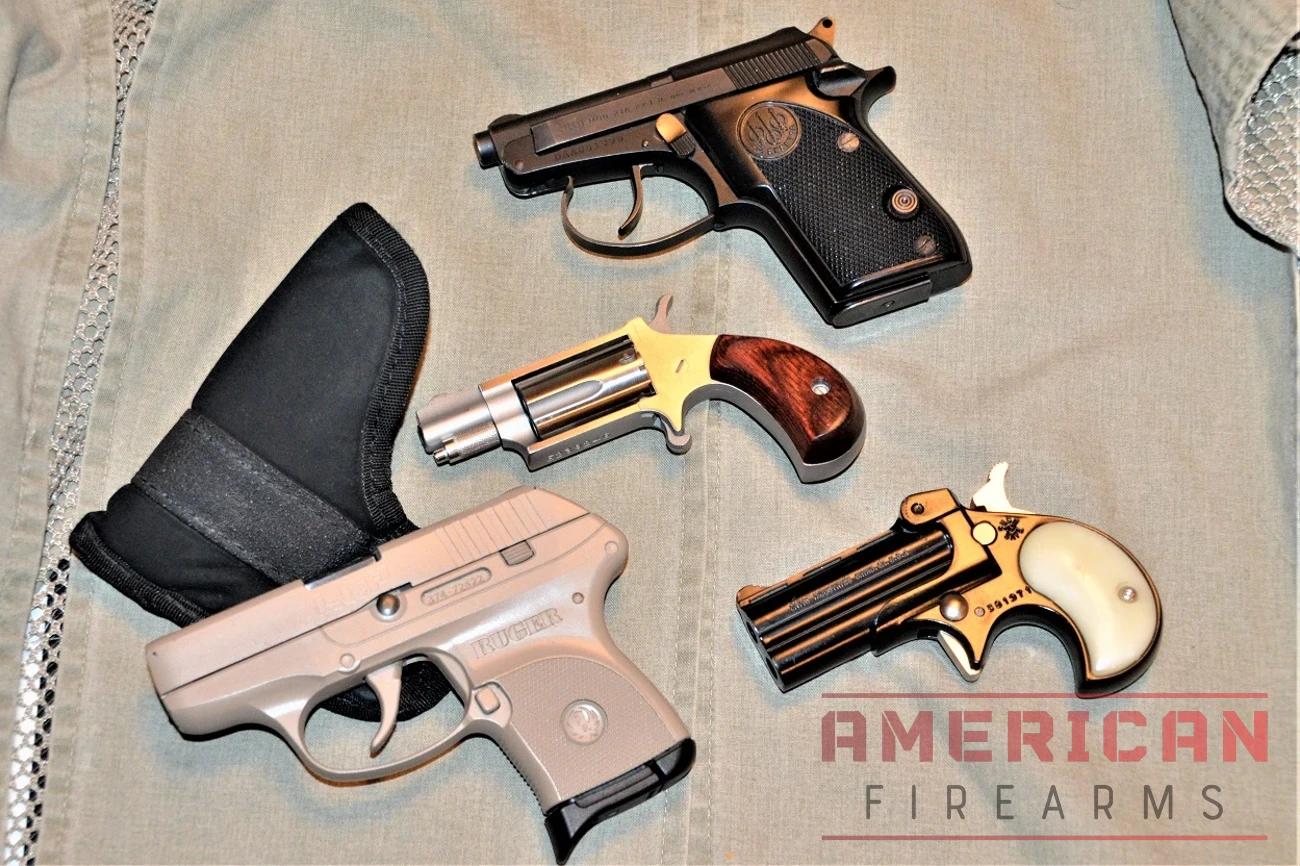
Most people like the simplicity of these guns in terms of their use, but there is some moderate debate about how reliable pocket guns are, especially in smaller rimfire calibers like .22 LR.
That said, today’s semi-automatic pistols are reliable, work well, and are the ideal pocket gun for the majority of shooters since they’re quite simple to use.
Revolvers
Revolvers are also a somewhat common choice in these small-format guns.
Revolvers also fire once per pull of the trigger, but they feed from a cylinder rather than a magazine. The mechanisms of a revolver are super simple which makes them both durable and exceptionally reliable.
The downside with revolvers is that reloading them takes much, much longer than putting a new magazine into a semi-automatic handgun, which is one of the reasons that some people prefer semi-autos over revolvers in the 21st century.
With that said, a revolver can be an excellent choice for people who are willing to work on the training aspect of them a little.
Derringers
For both pistols and revolvers, it’s worth mentioning “Derringers” briefly. While Derringer is merely a brand of small guns, the term, sort of like Kleenex, has been used to describe truly tiny guns.
Most of these will either be a pistol or a revolver, and they’ll fire a standard round, albeit often one or two of them.
Some derringers are also one-shot weapons, which, to us, makes them more of a novelty or a total last-ditch gun than something that is all that terribly good for use in practical self-defense. That said, they are better than a strong word in a gunfight.
Oddballs
Finally, we have what I’ll call “unusual” pocket pistols for lack of a better term. Odd, small gun designs date back to things like the duckfoot pistol we mentioned earlier, and today include things like the LifeCard.
There are also a lot of truly tiny guns of various designs that are difficult to shoot, but the novelty of them makes them interesting to people looking to carry something that’s surely a conversation piece among close friends, if not the most practical of handgun designs out there in terms of capacity and shooting ease.
Shortcomings
Although we love pocket pistols, they do have more than their fair share of shortcomings. Here, we’ll explain five of them.
A lot of pocket pistols come in small calibers. While 9mm and .380 ACP are likely fine for self-defense, calibers like .22 or .32 are a little more marginal in our minds, and we start to worry about the ability of those rounds to deter or stop an attacker if we ever did need to defend ourselves.
Ideally, the way to resolve this is to stick with a modern design that shoots a larger caliber, like the Sig P365.
Since these guns are small, they are often more difficult to control. While one might think that such a small gun is easier to shoot, it’s quite the opposite. Couple that snappy nature with a pretty consistent lack of aggressive grip texture and smaller grips, and you can see where the challenges come from.
The small, light frames of these guns are often hard to get a grip on and thus more difficult to get a good sight picture, deal with recoil, and so on. A lot of practice can help make up for this, but most people will never shoot a pocket pistol nearly as well as they do a full-sized handgun.
Capacity can also be an issue with a pocket carry gun. This is getting a lot better with time and innovative designs, but until recently, it was nearly impossible to find a pocket pistol that could contain more than ten rounds of ammunition at a time.
Of course, reloading is possible, but if you’re already in such a situation that you need to defend yourself with potentially lethal force, then having to reload your mouse gun is something we very much do not want to do. Luckily, it seems as though the current trend is toward pocket pistols that can accept larger magazines.
The sights on many pocket guns often leave much to be desired. To be fair, it is extremely important that you can draw the firearm from a holster or your pocket without it snagging on anything. It is also just as important, we argue, that you can put rounds on target accurately with any concealed carry pistol.
While this is generally true, but especially so when working in crowded areas, which does sometimes happen in self-defense shootings. We recommend looking for options that have night sights or at least clearly visible white or neon dots for sight to aid in you being able to put rounds on target.
Finally, the diminutive design, combined with lighter calibers, can lead to malfunctions that larger handguns often avoid.
In our experience, smaller handguns experience more failures to feed than their larger counterparts, which is something to train for and be concerned about to be sure.
Revolvers tend to be super reliable, but with semi-auto designs, it’s often a good idea to get a lot of practice and to keep a spare magazine on you just in case the one in your gun is the root cause of your issues.
Who Uses Pocket Pistols?
Pocket pistols are popular with women, which makes a ton of sense, and I wholeheartedly support this trend. If smaller guns help more people to defend themselves adequately, I think this is a great idea.
Manufacturers will, at times, respond to this by putting out pink models and the like but, in my humble opinion, this borders on pandering and playing into cliches. Most women want to shoot well rather than ensuring their pistol matches their shoes.
Many folks who carry larger handguns also use backup guns that would easily fall into the pocket category. Ankle holsters, being able to carry in a bag, and the like make it possible to stash a second gun somewhere nearby without adding too much overall weight to your everyday carry setup.
Pocket guns are also great for people who dress formally for work or other occasions. It’s fairly hard to hide a 1911 on an outfit that consists of a tucked-in polo shirt and some chinos, but a smaller gun like the Ruger LCP can fit just fine inside an ankle holster, after all.
Additionally, the smaller frames of these kinds of guns work better for people who wear tighter clothing, and a pocket gun can usually fit in a suit jacket’s pocket.
Your Next Steps
Choosing the right pocket pistol isn’t just about finding the smallest gun or the most powerful caliber – it’s about finding the firearm that you’ll actually carry every single day and can deploy effectively when it matters most.
Whether you settle on the capacity-king Sig P365, the ultra-concealable Ruger LCP Max, or the reliable simplicity of a Beretta Bobcat, remember that your pocket pistol is only as good as your commitment to training with it. These small guns require more practice, not less, to master effectively.
Our top recommendations:
- Best Overall: Sig P365 for the perfect balance of size, capacity, and shootability
- Most Concealable: Ruger LCP Max for true “disappear in any pocket” carrying
- Best for New Shooters: Beretta Bobcat for manageable recoil and foolproof operation
Don’t forget the essentials: invest in a quality pocket holster, practice your draw stroke regularly, and choose defensive ammunition designed for short barrels. A pocket pistol represents the ultimate “better to have it and not need it” philosophy – but only if you actually have it with you.
The perfect pocket pistol is the one that’s comfortable enough to carry daily and reliable enough to bet your life on. Choose wisely, train regularly, and carry confidently.
Additional Resources
- SSN, Concealed Carry Permit Holder Numbers
- Wikipedia, Pocket Pistol
- American Rifleman, Pocket Pistols of Past and Present, November 21, 2016
Latest Updates
June 9, 2025 — Complete article restructure with enhanced testing methodology and three new sections covering caliber performance, carry methods, and ammunition selection.
Sign up for our newsletter
Get discounts from top brands and our latest reviews!

